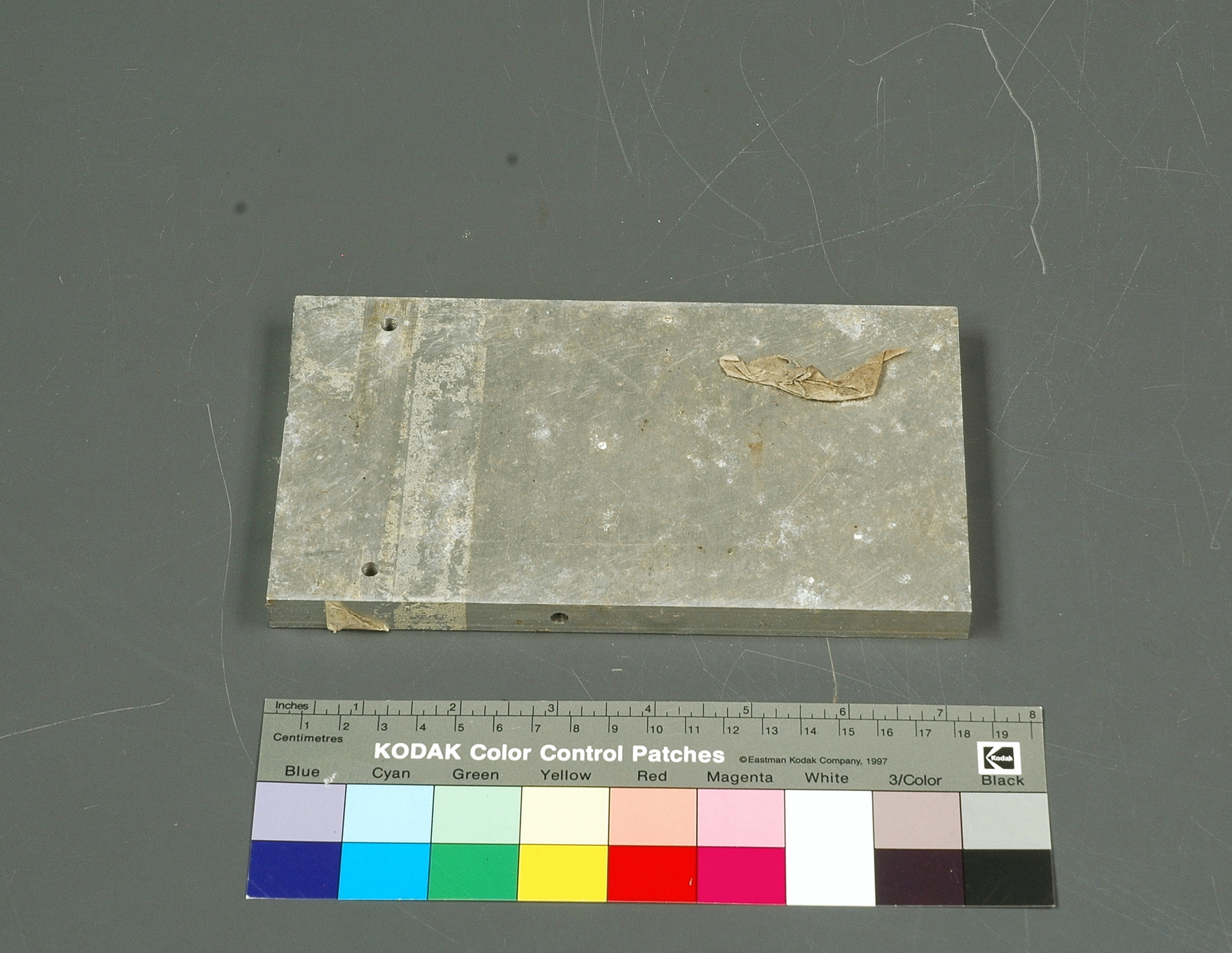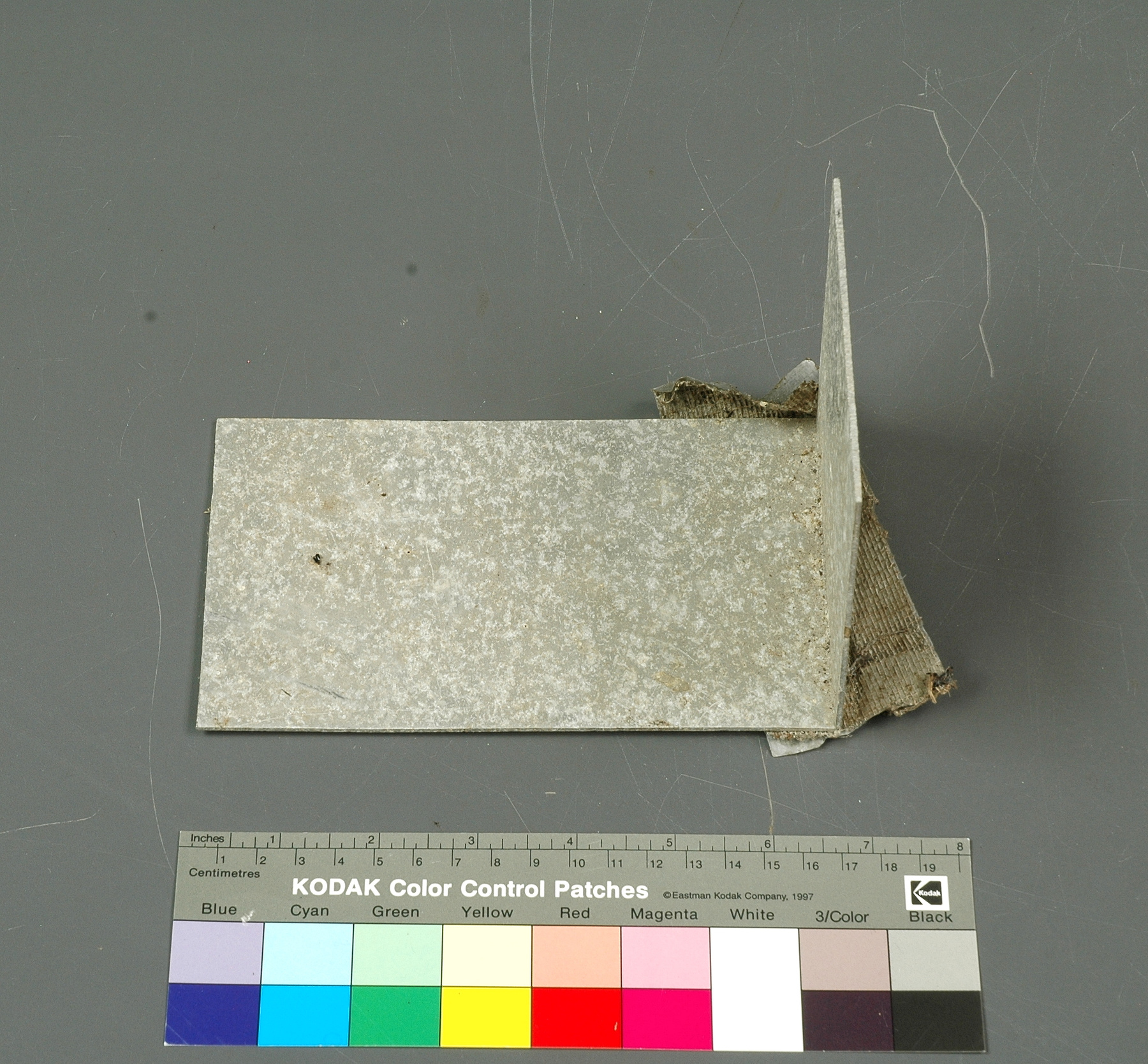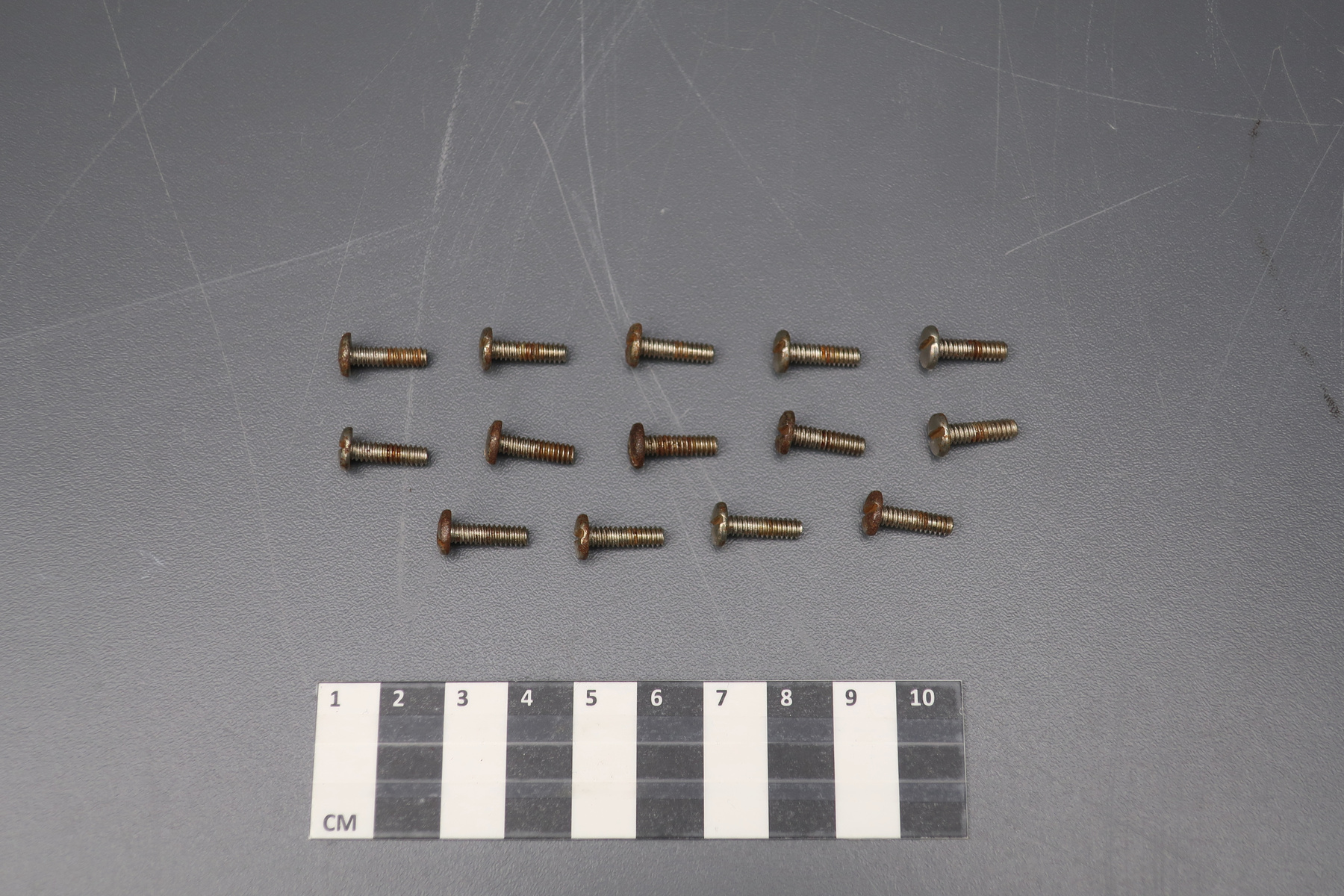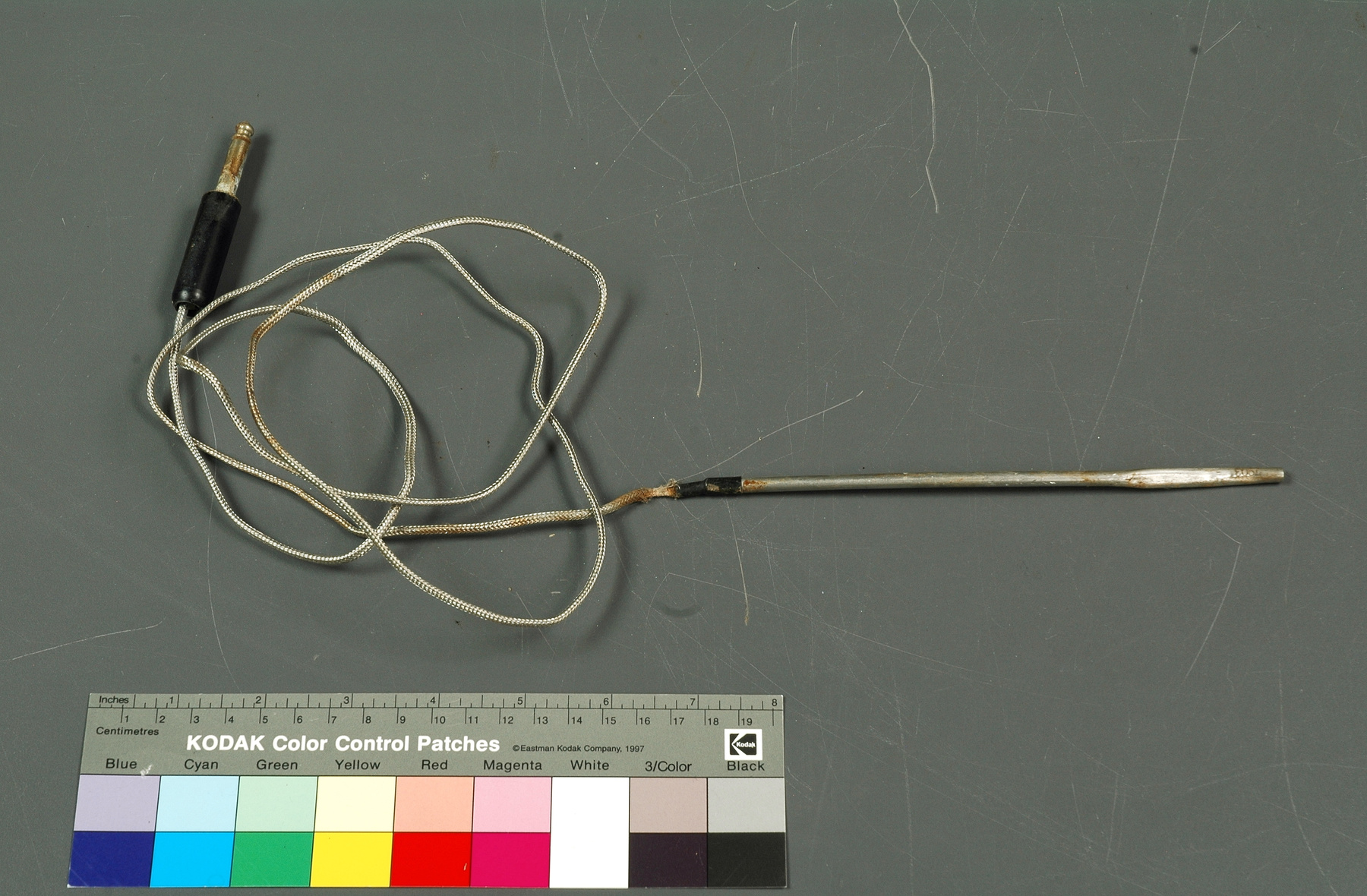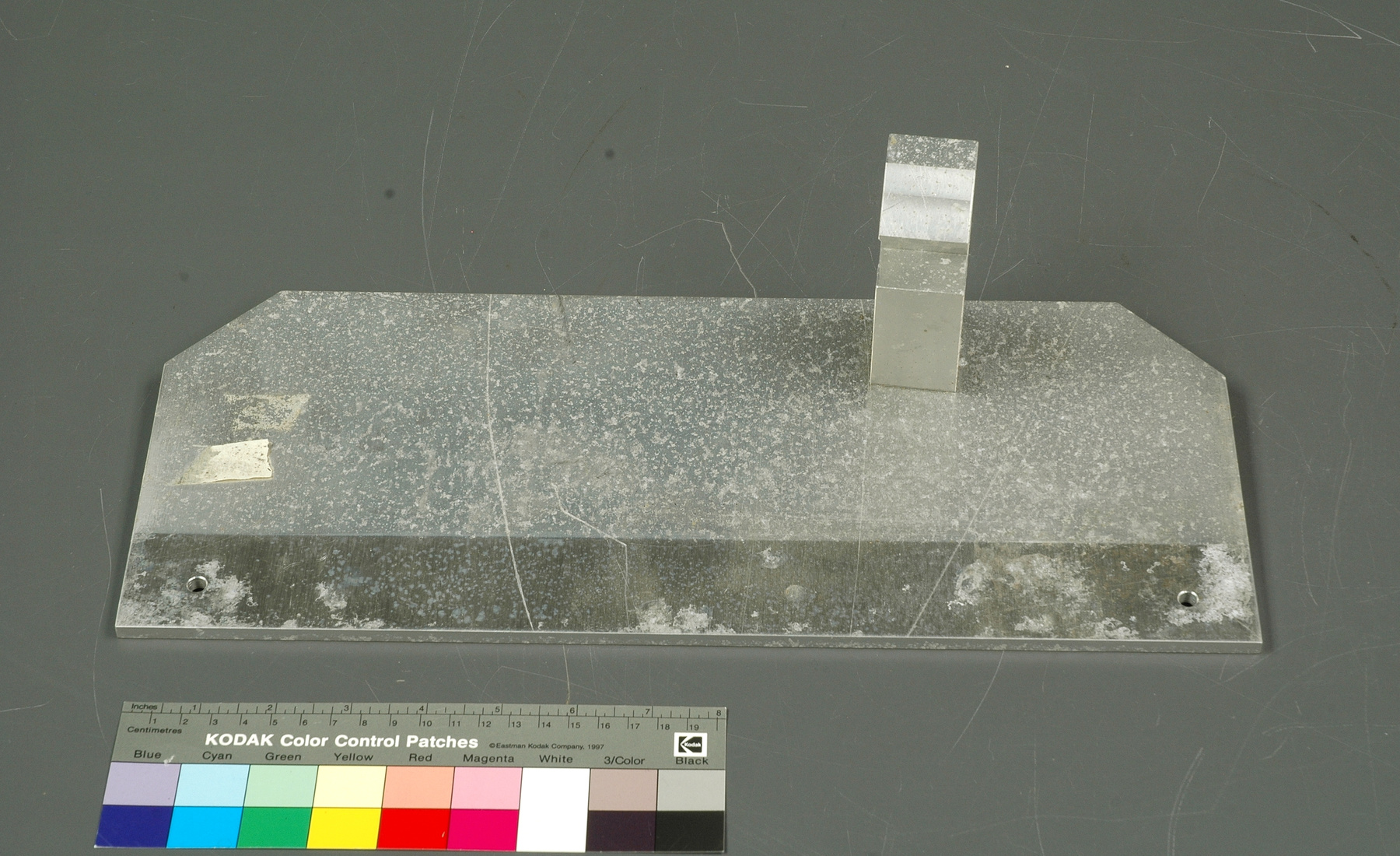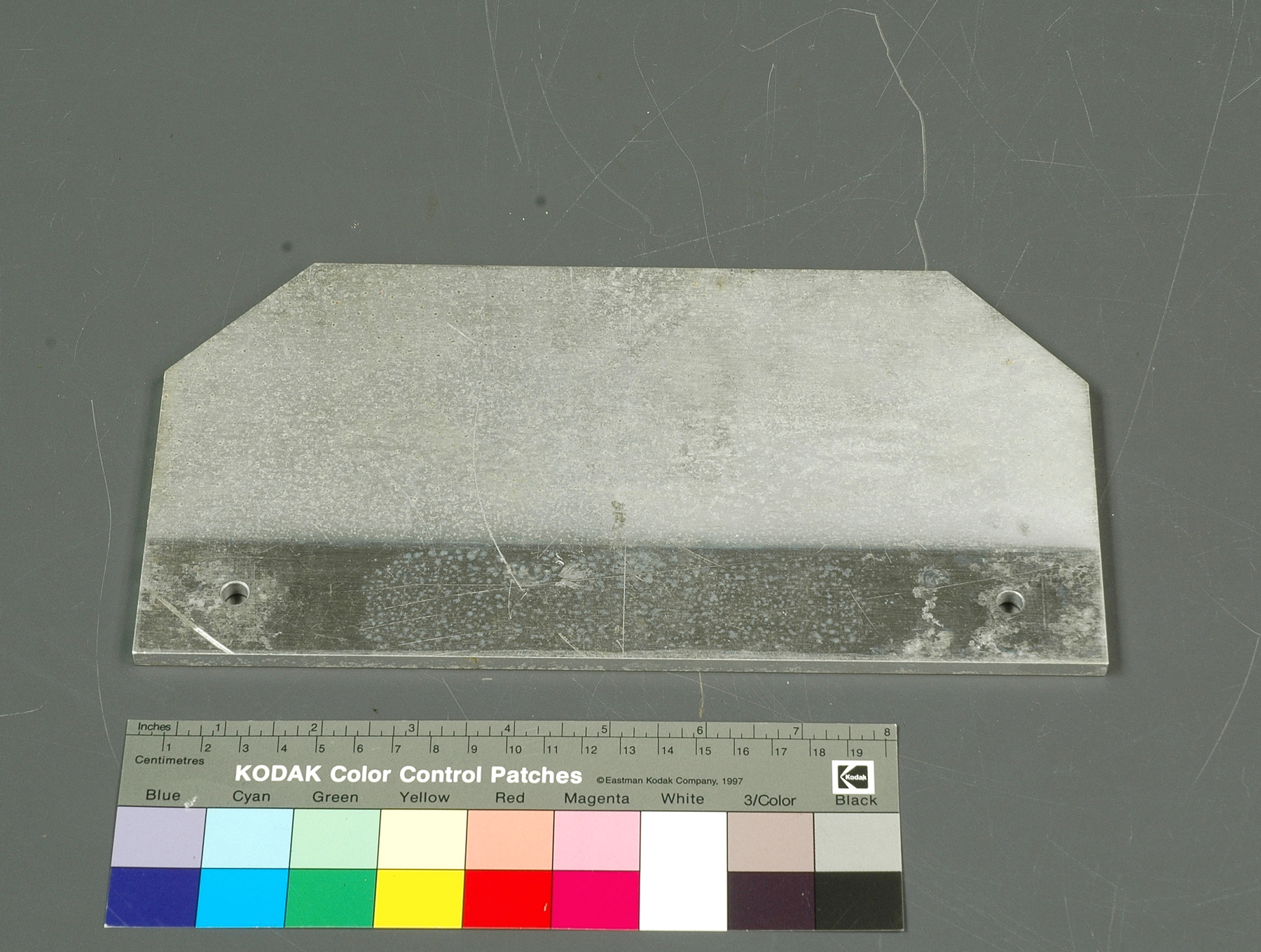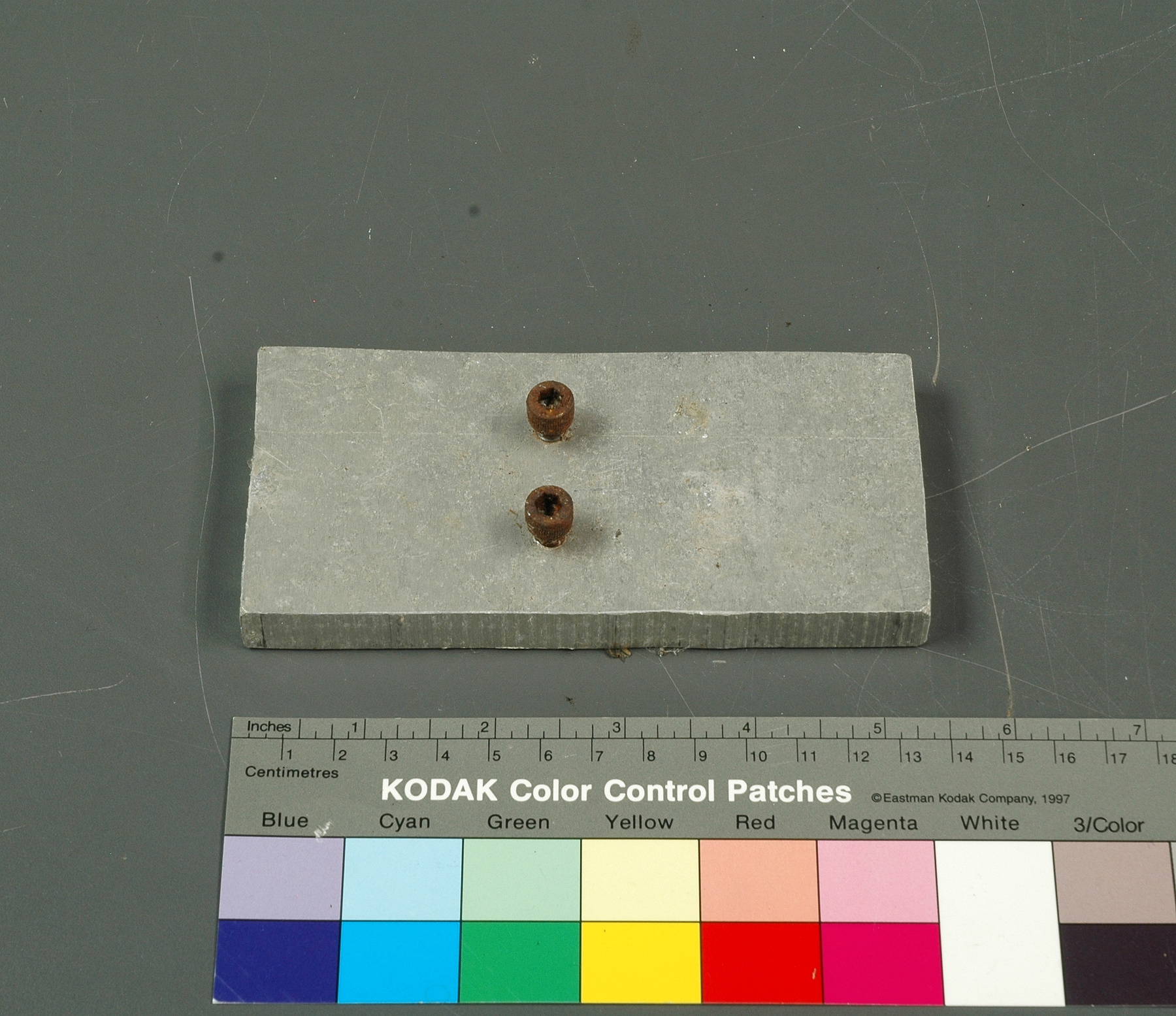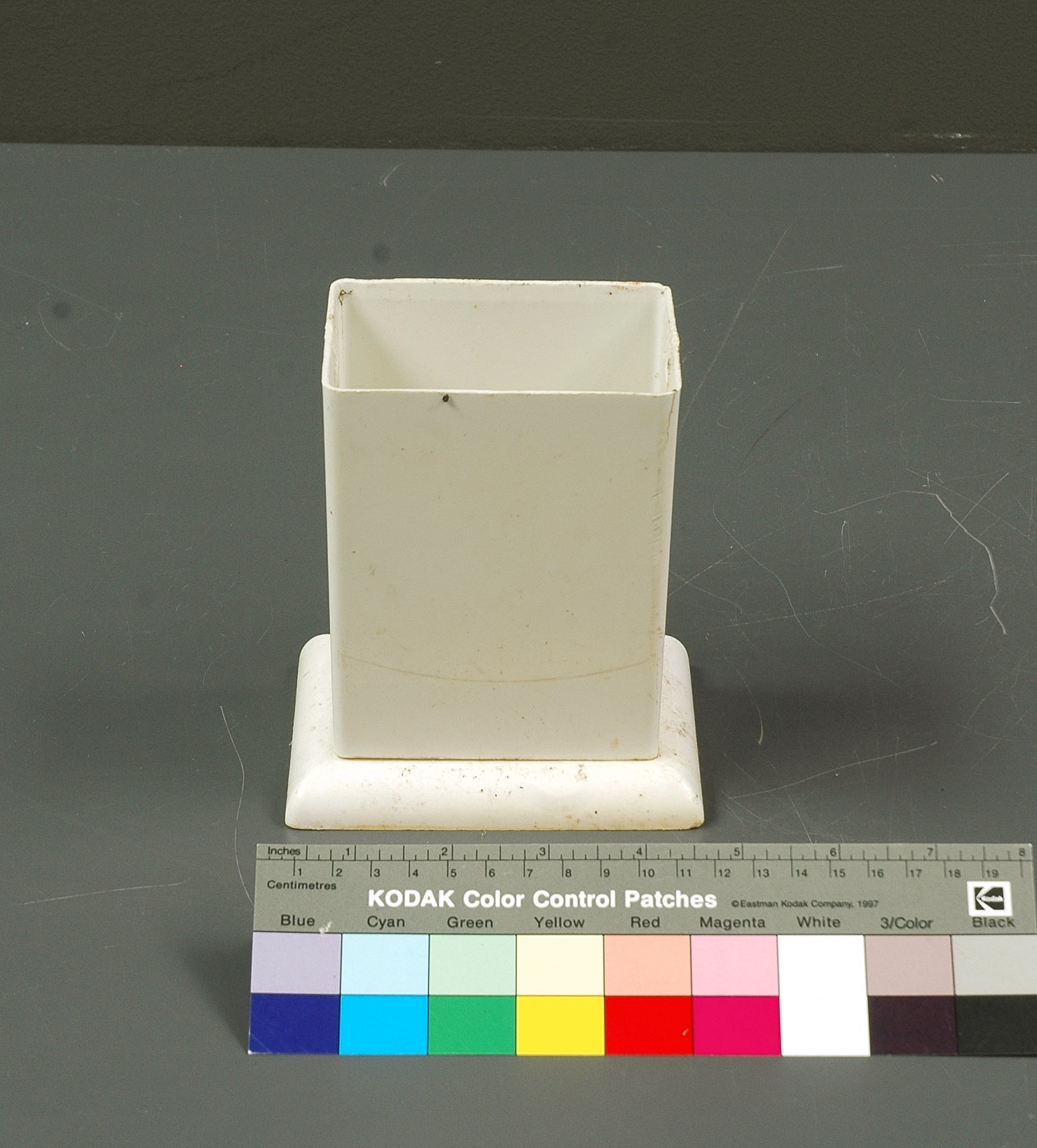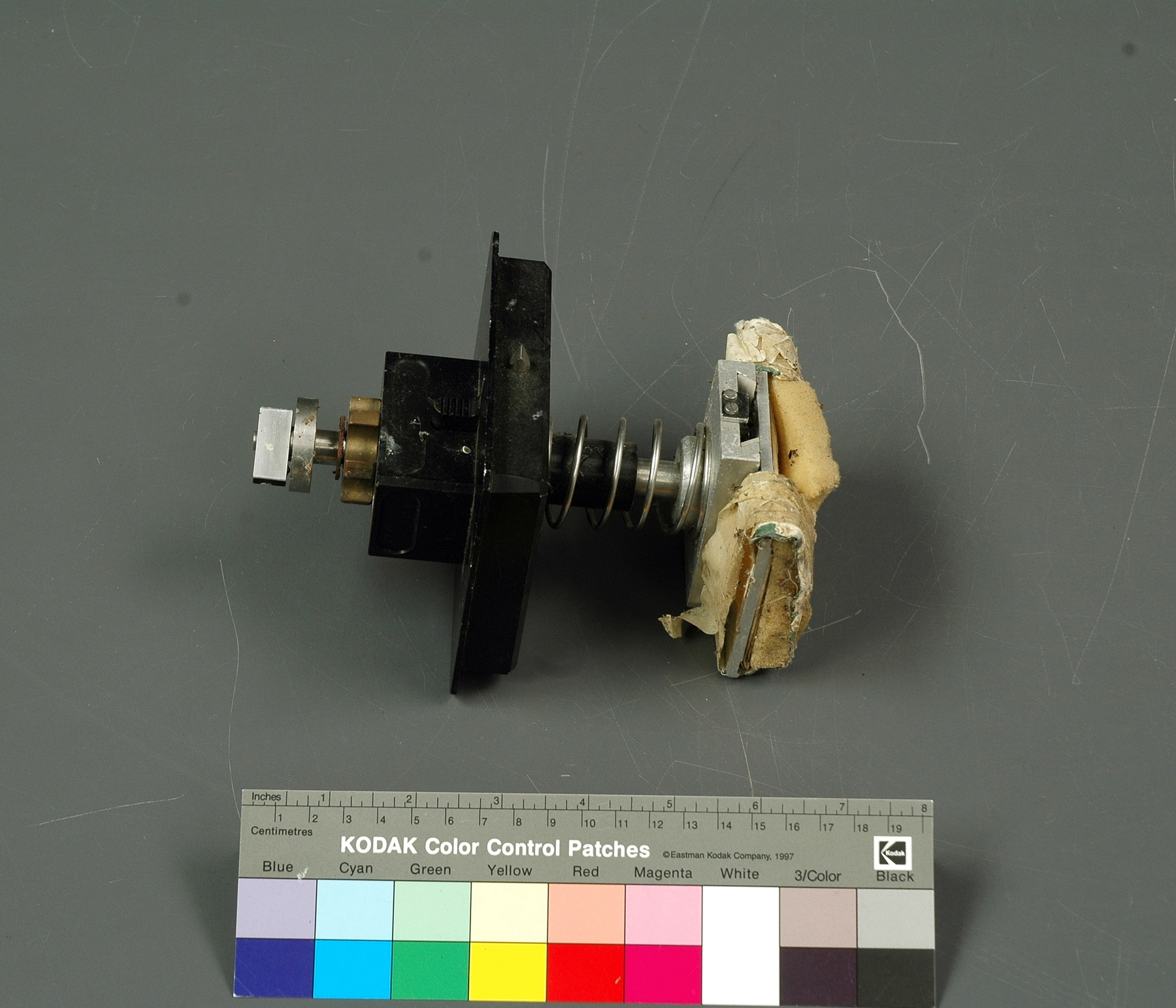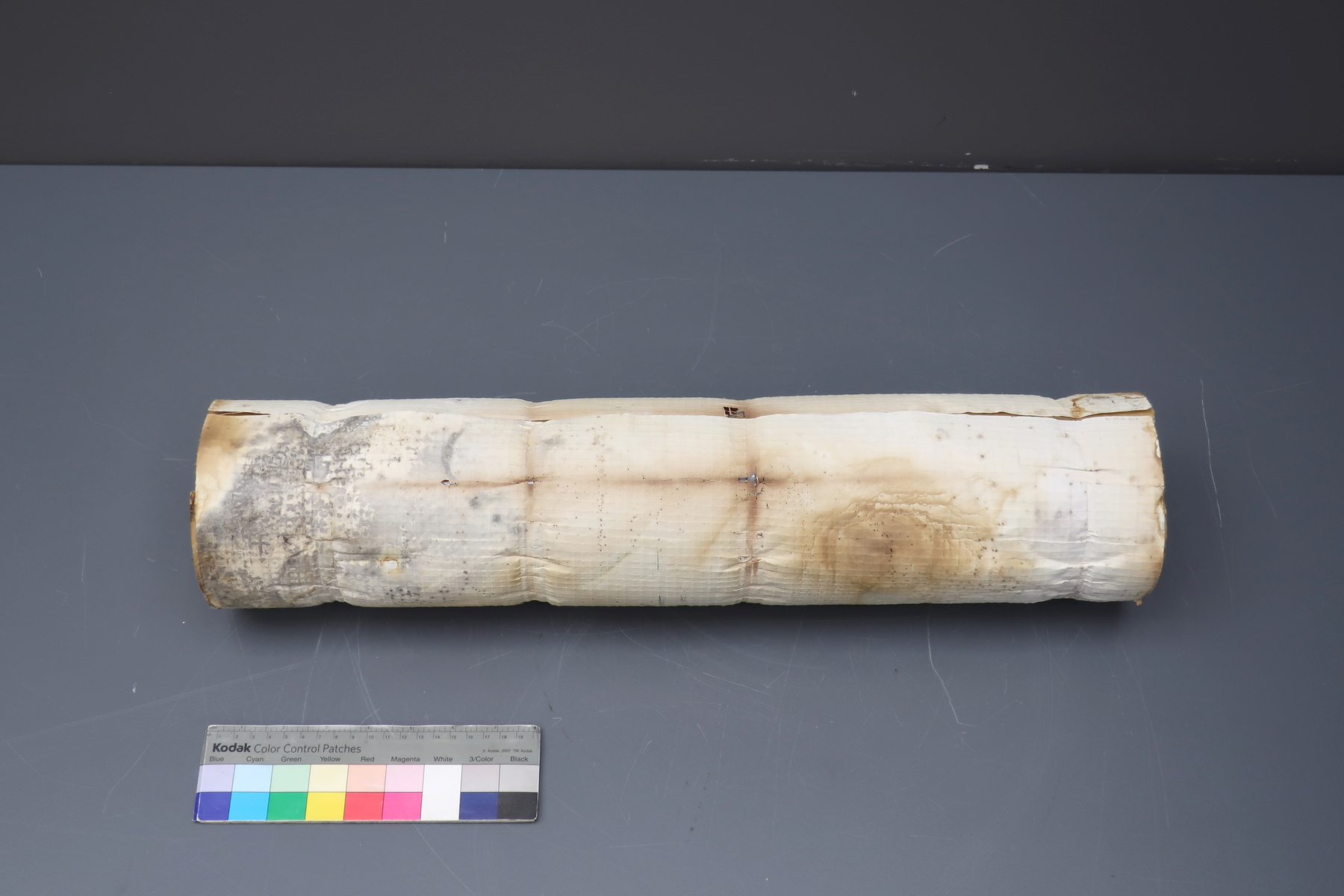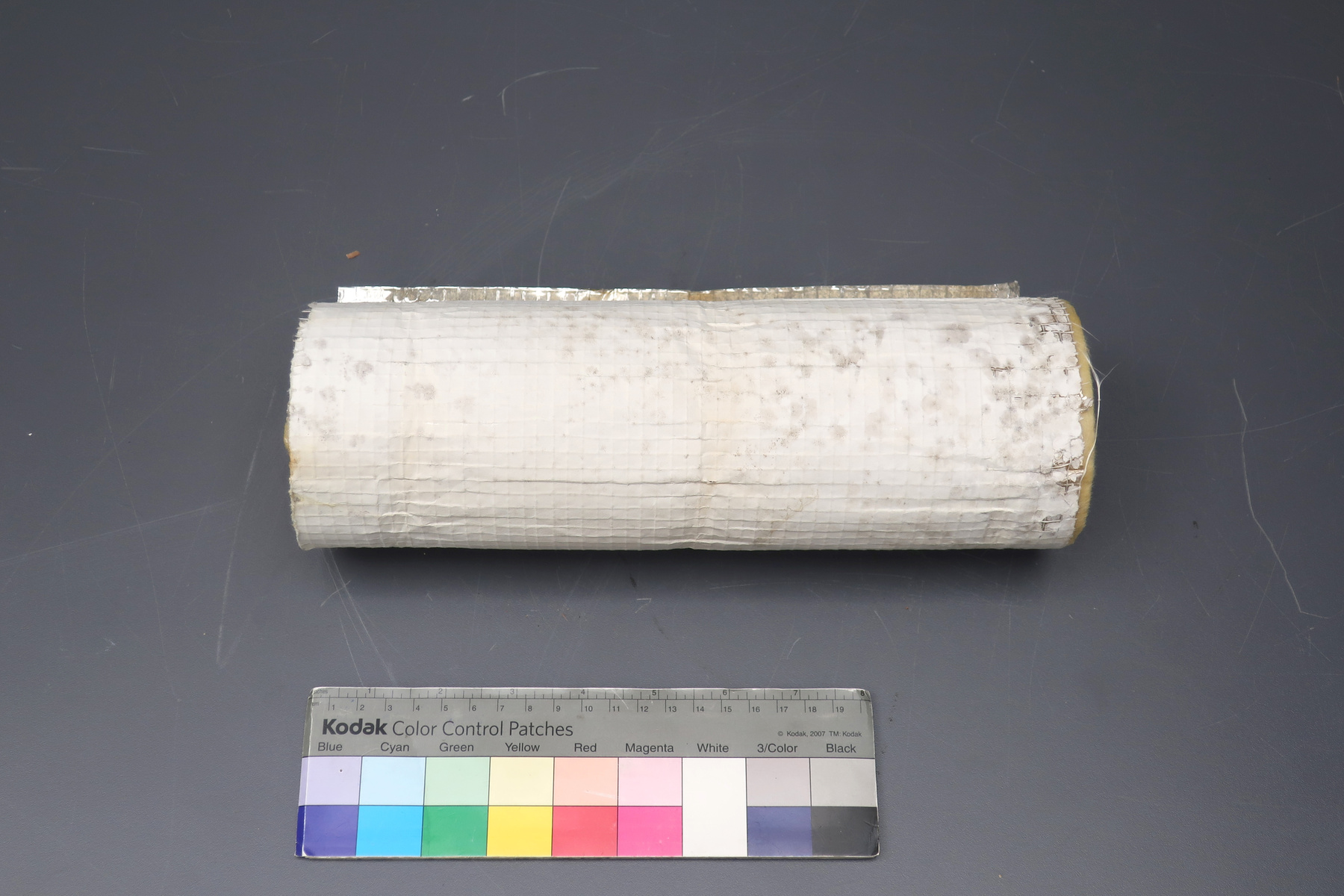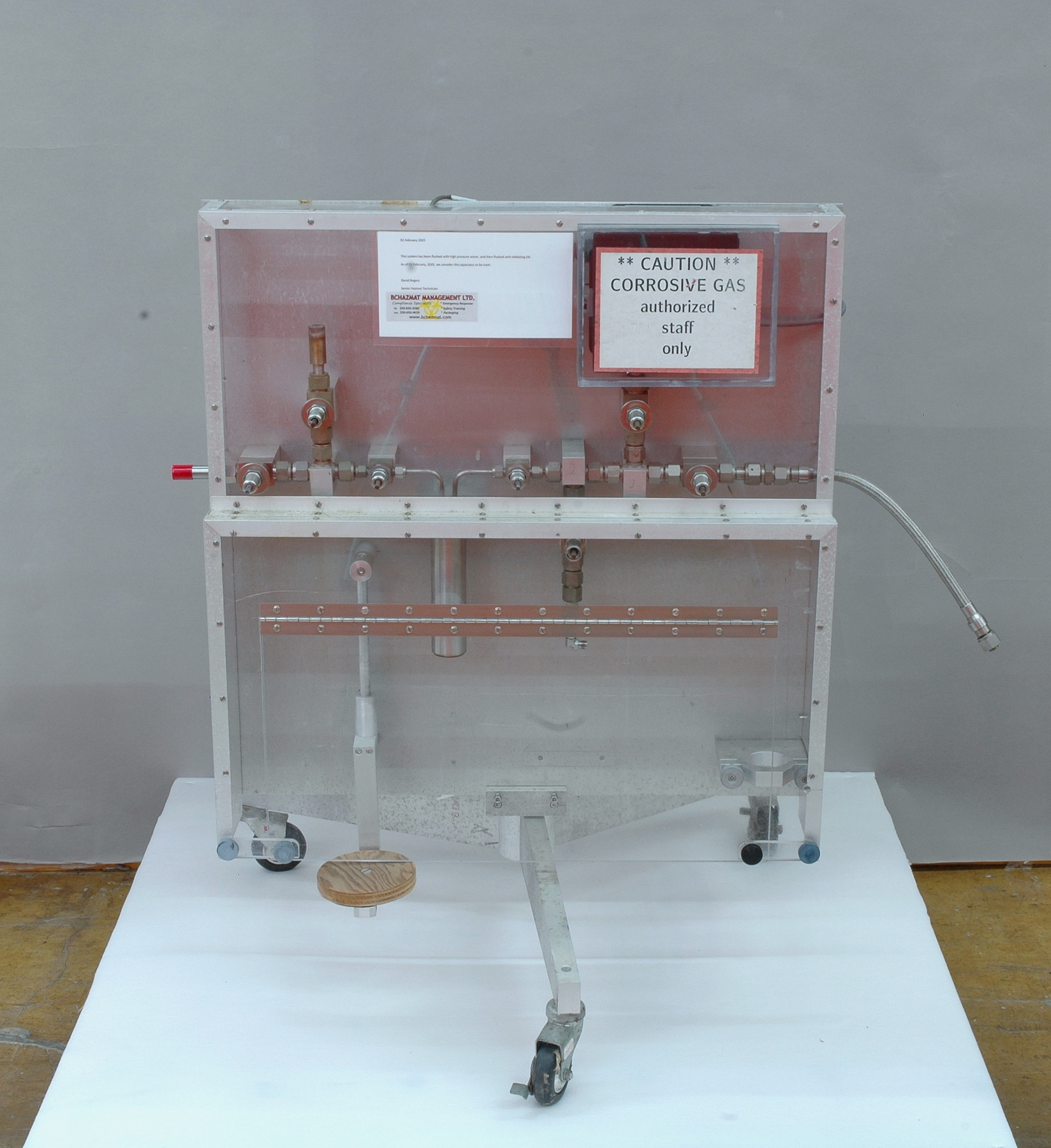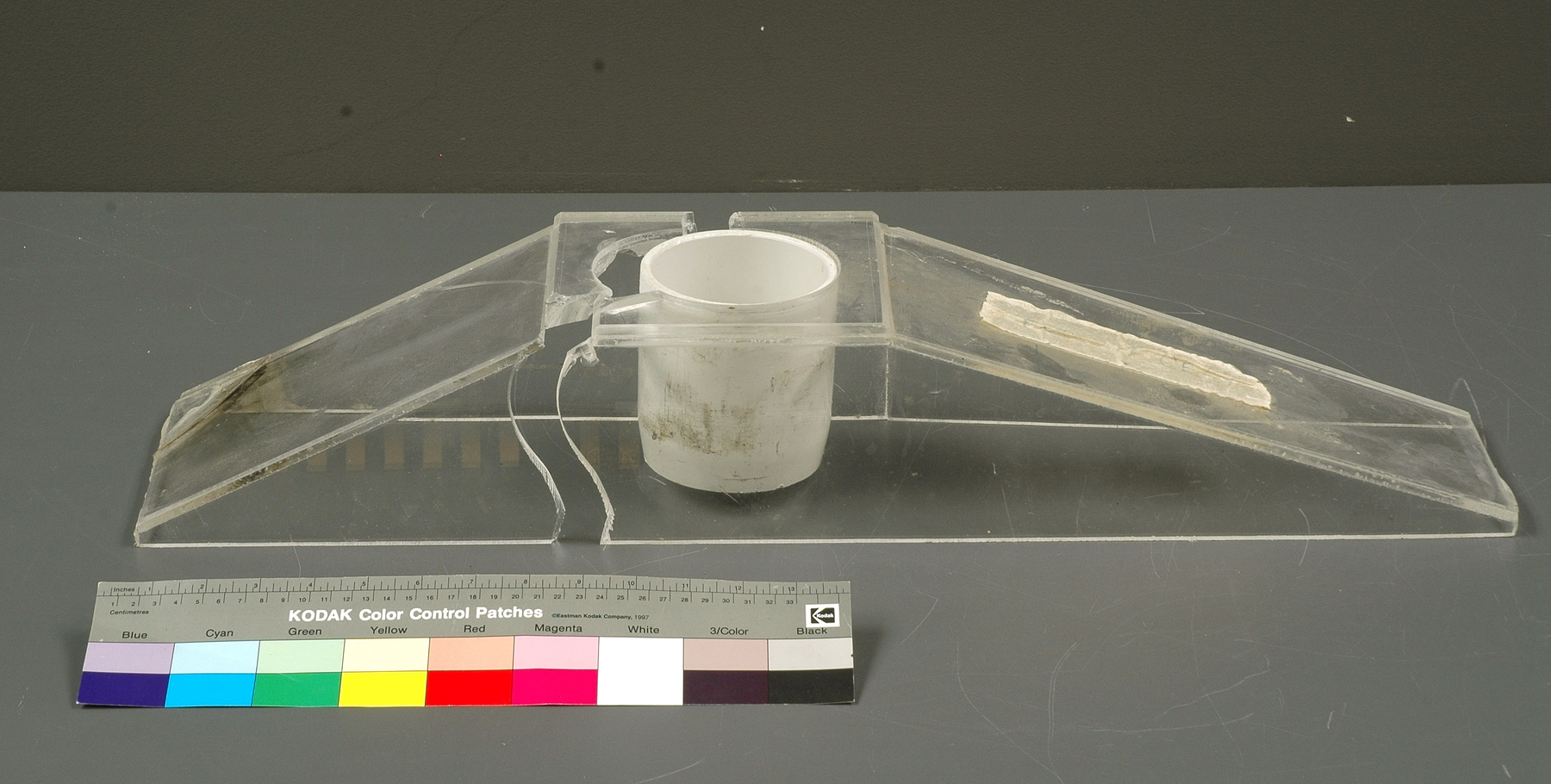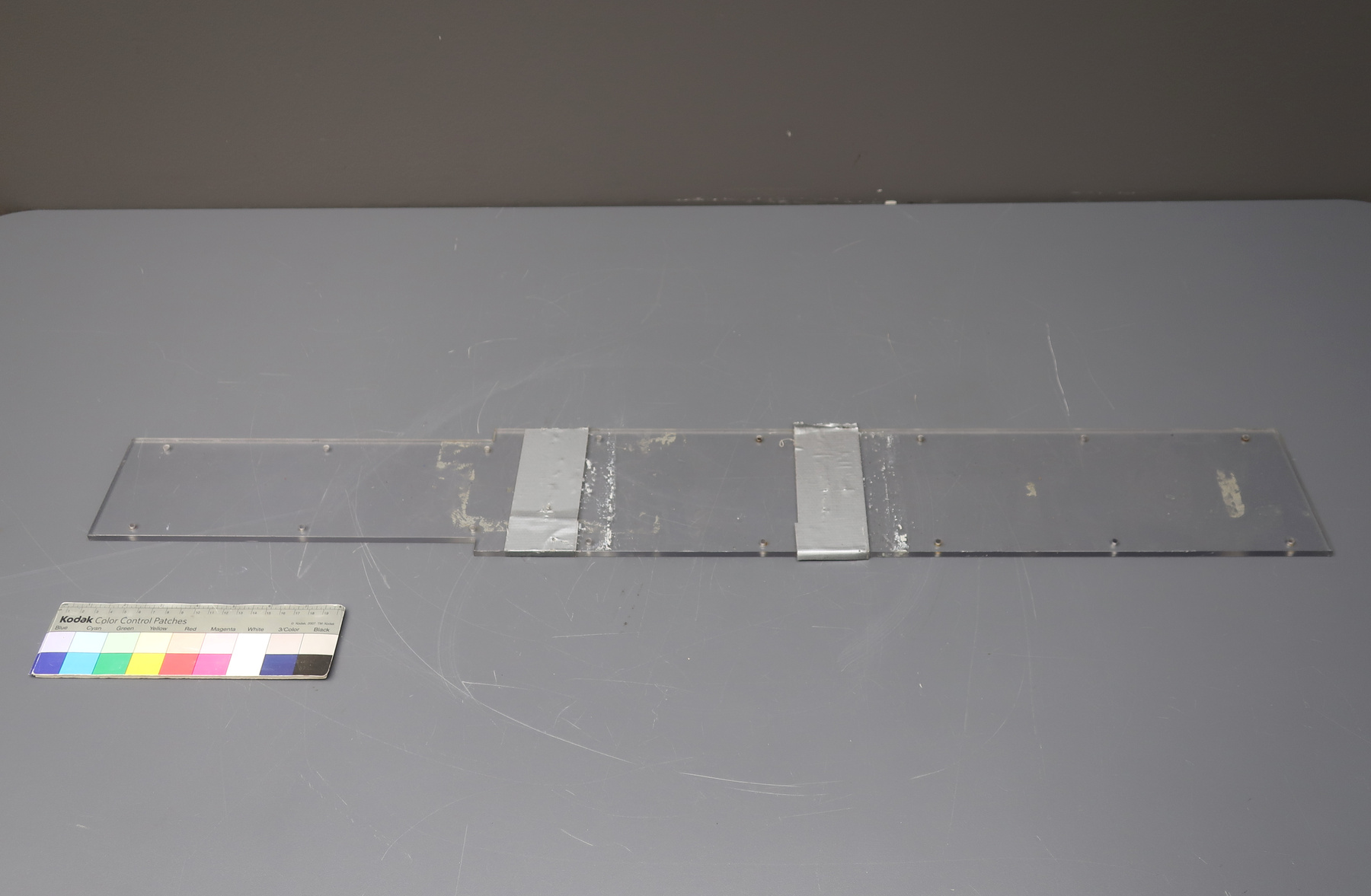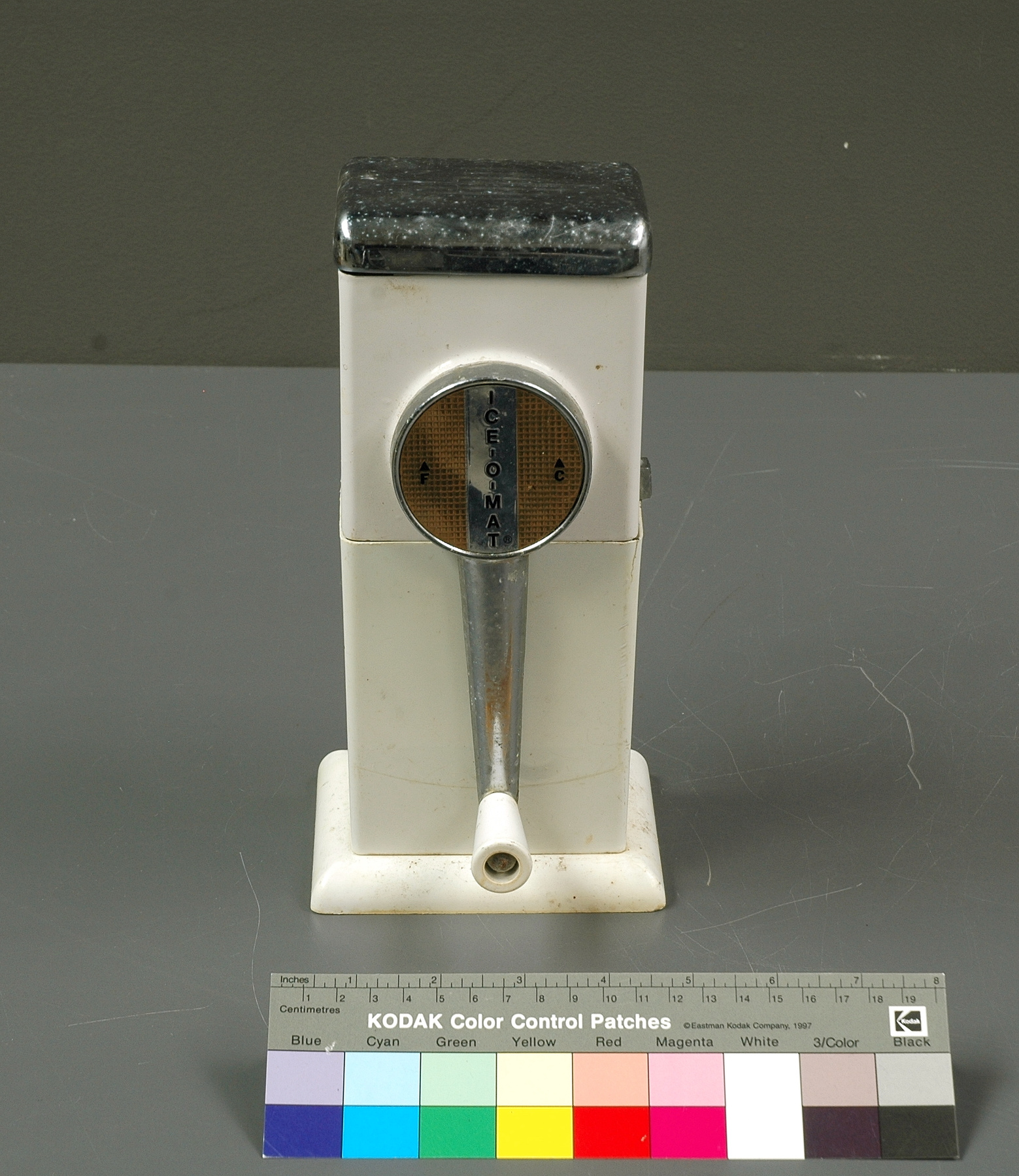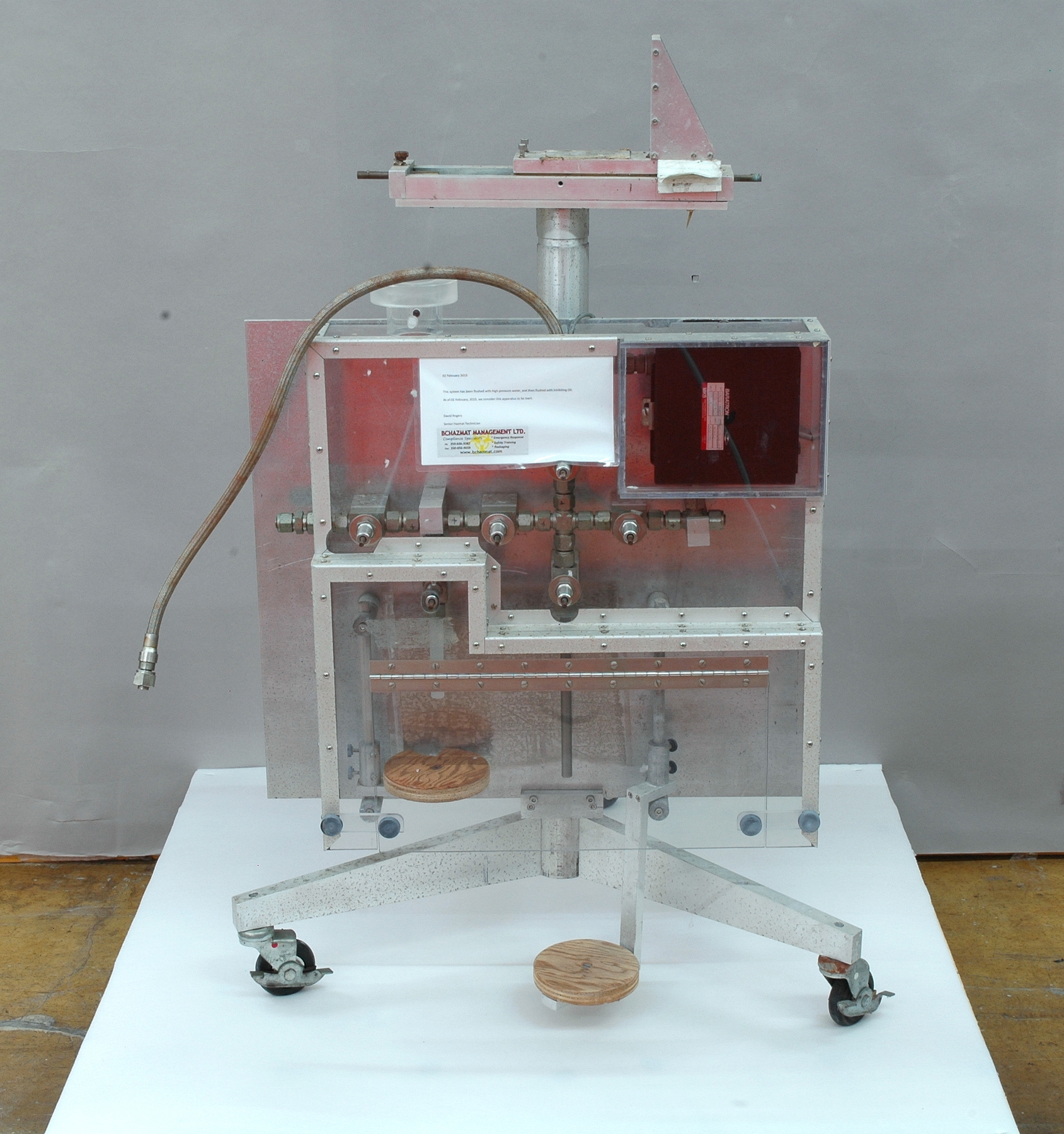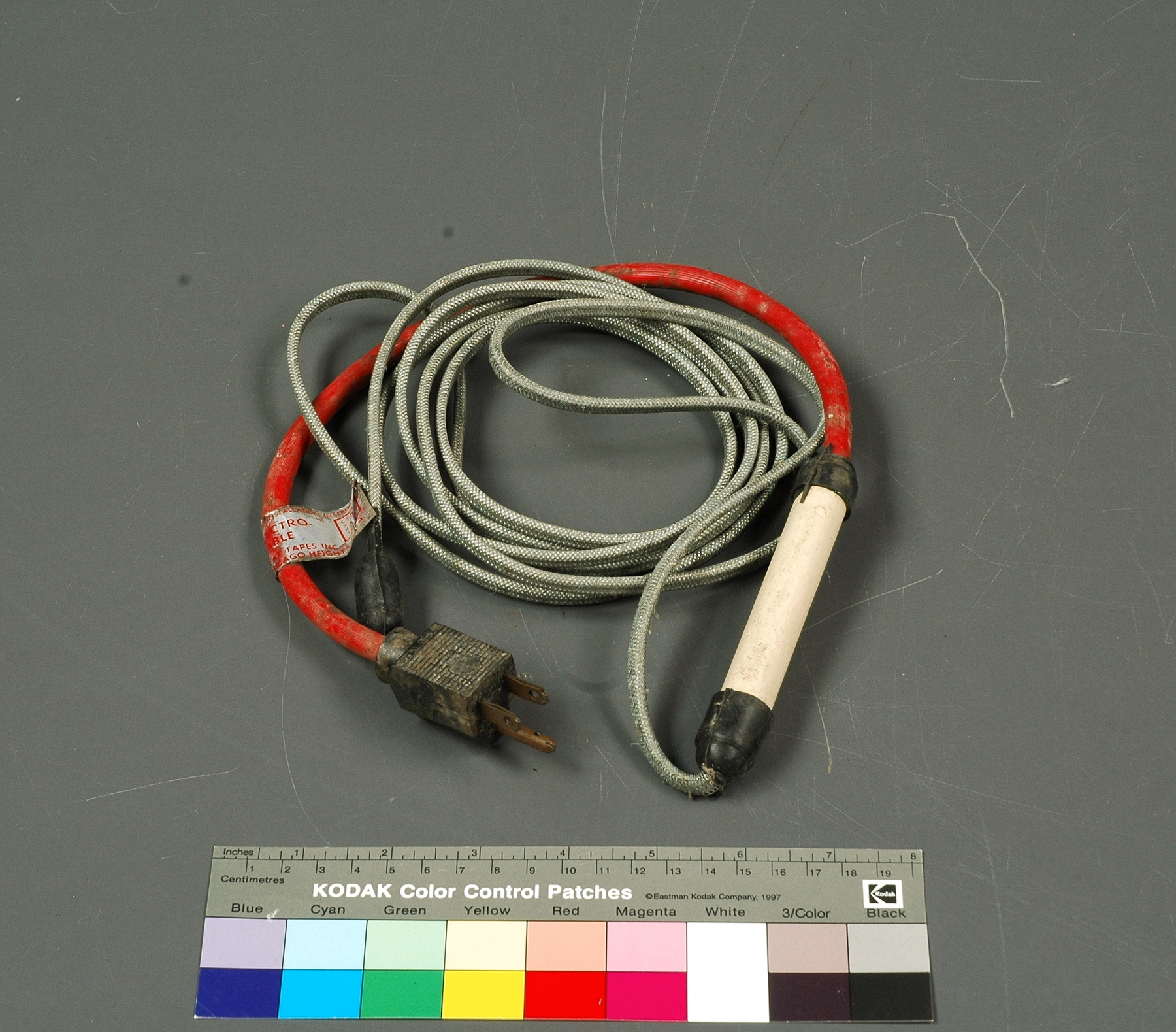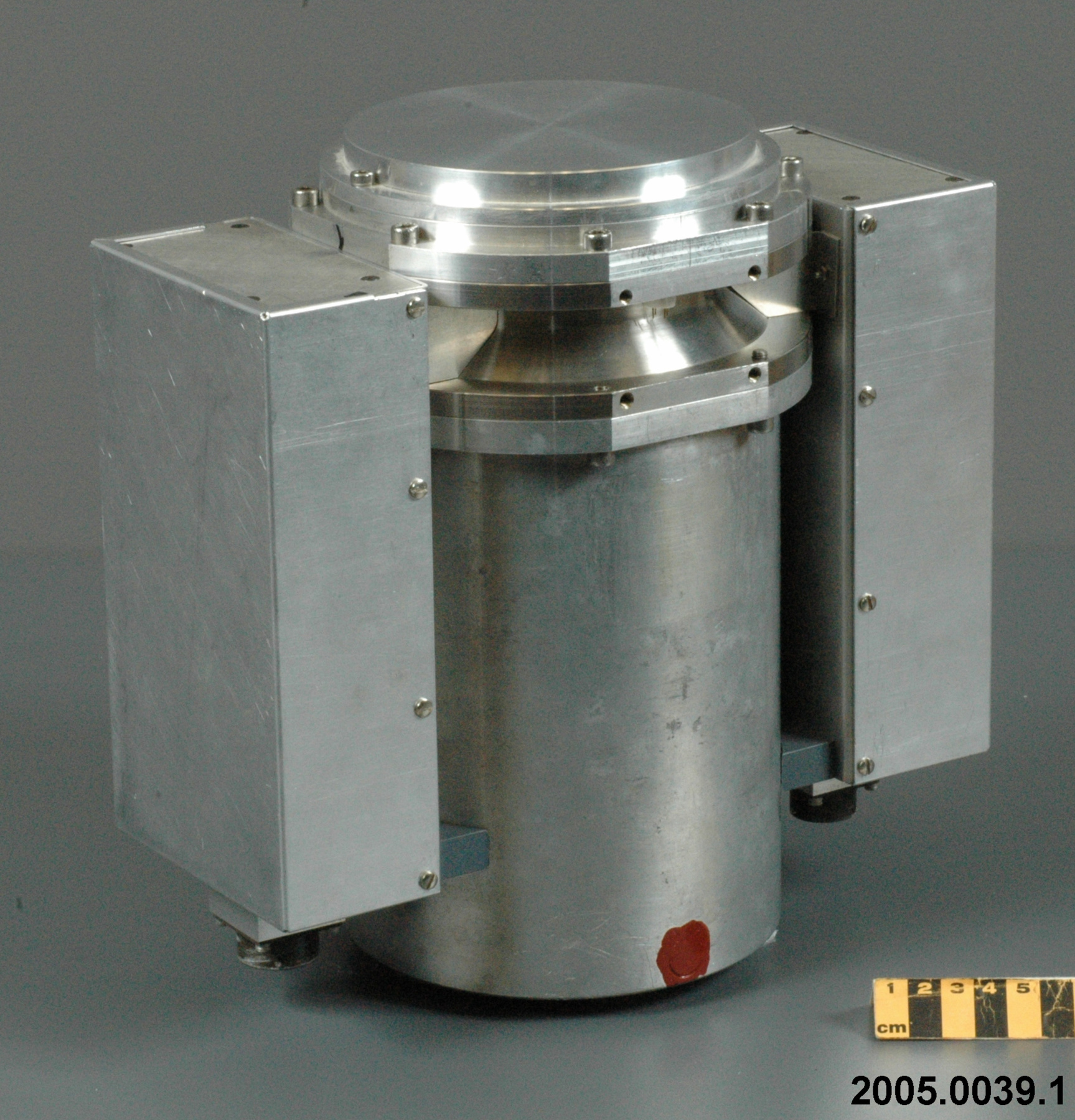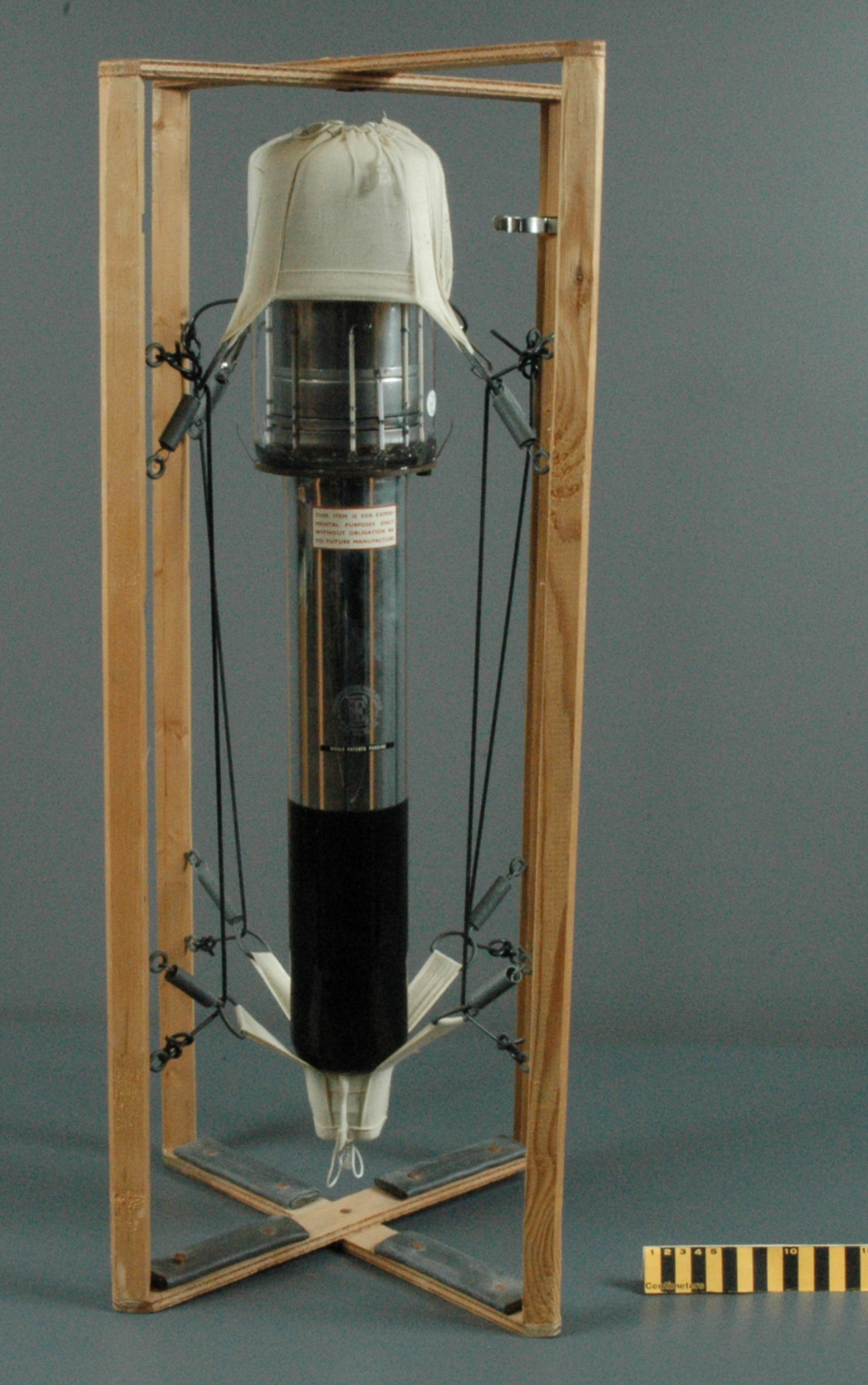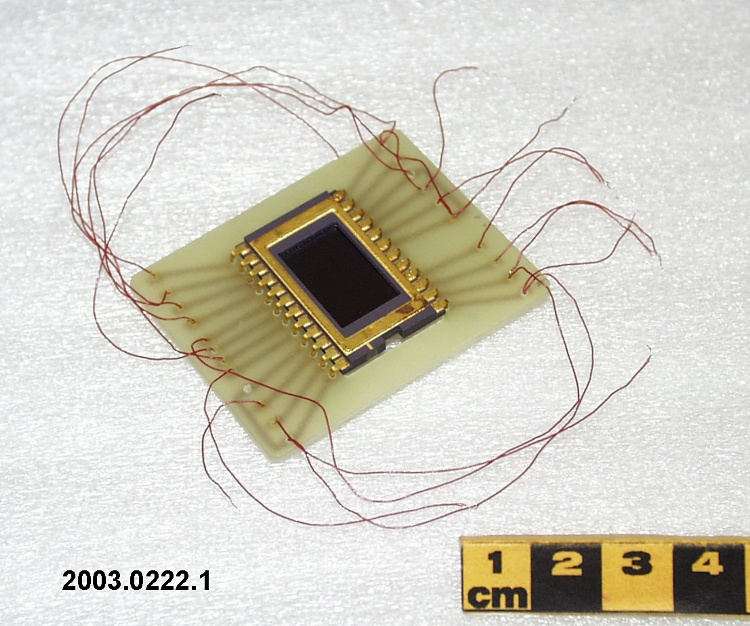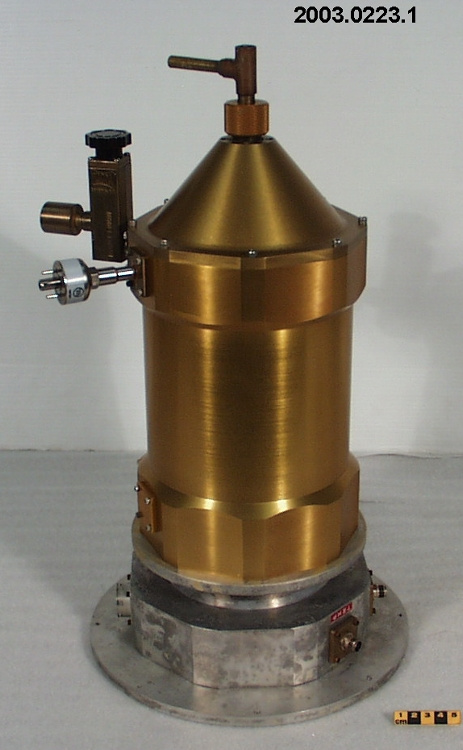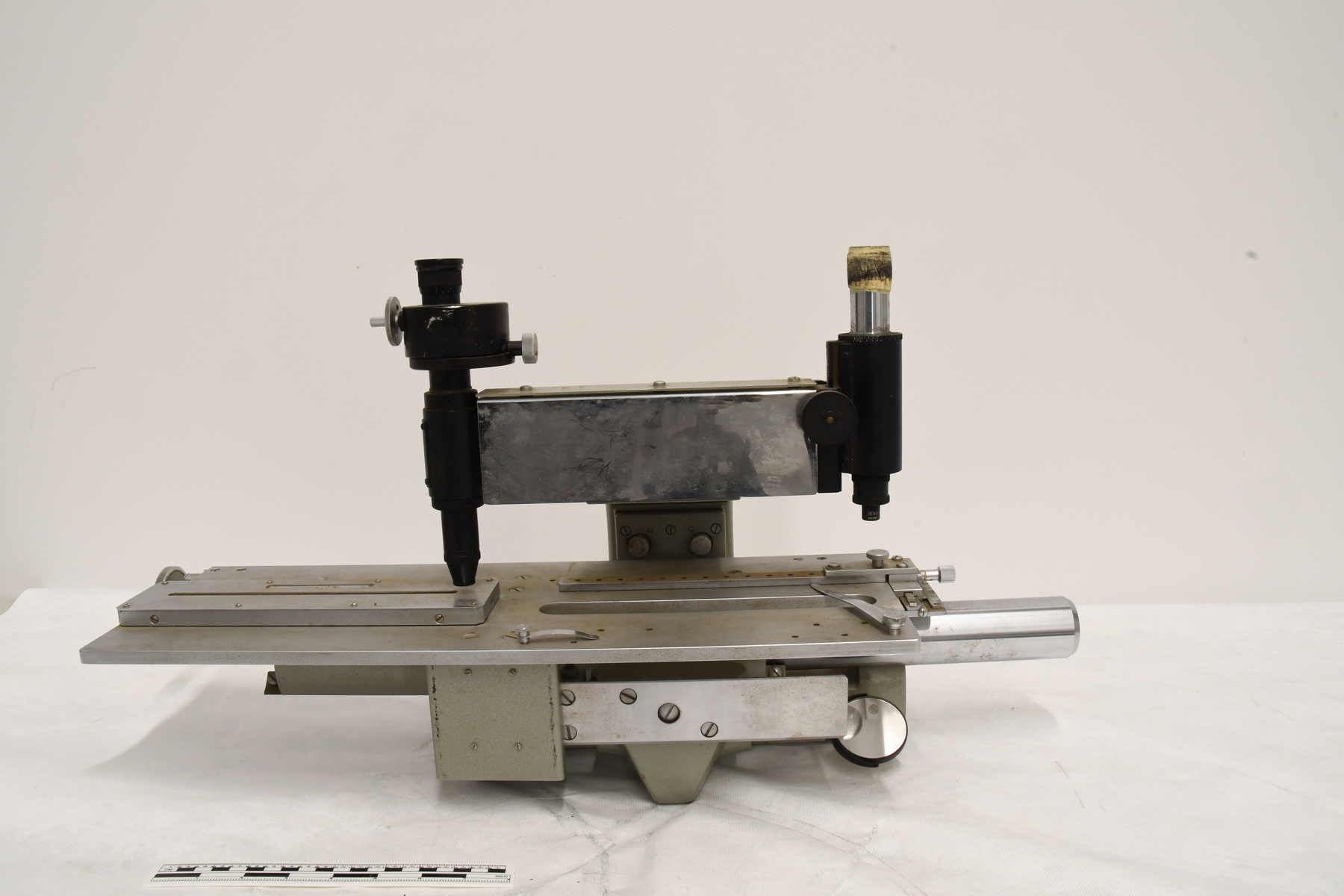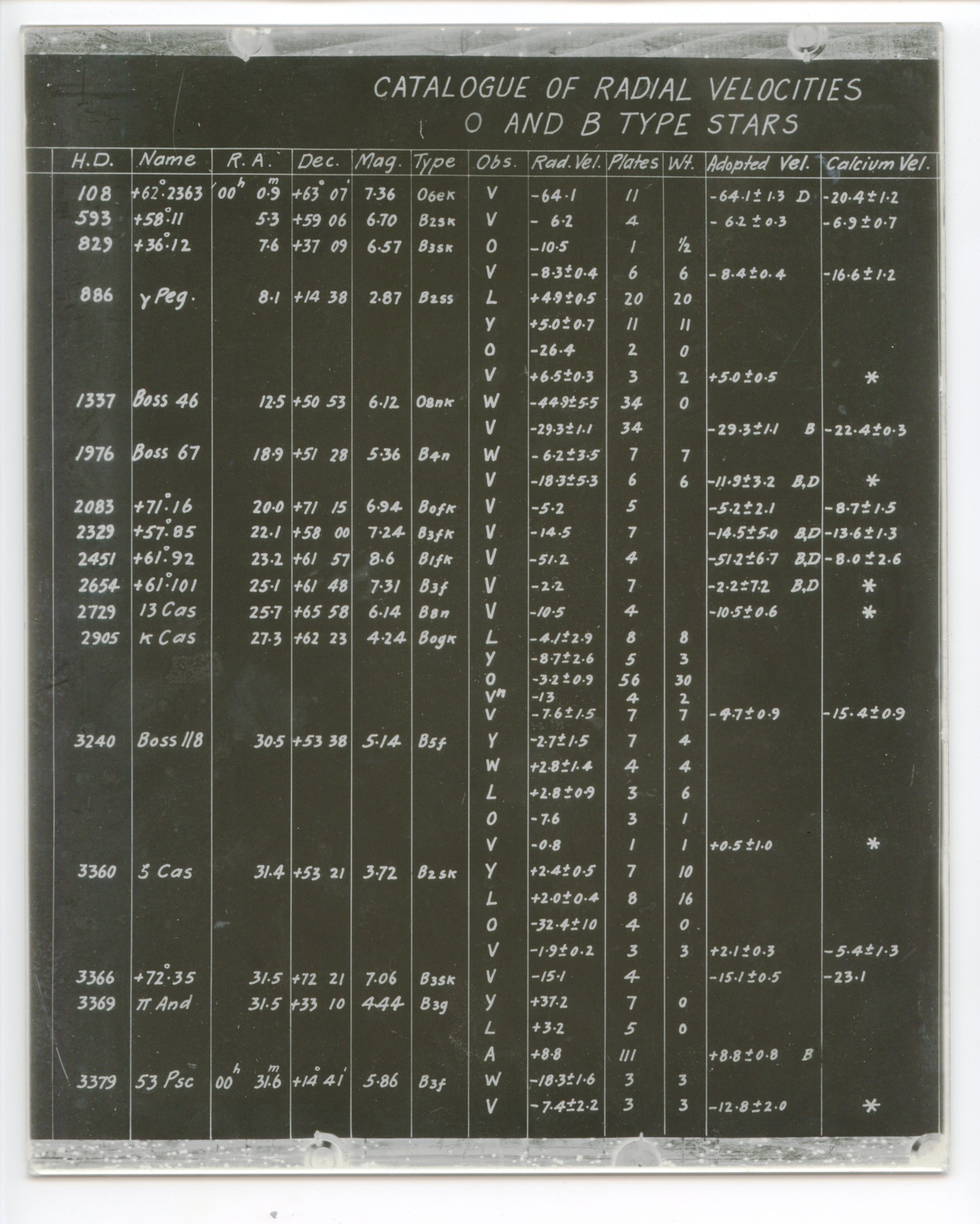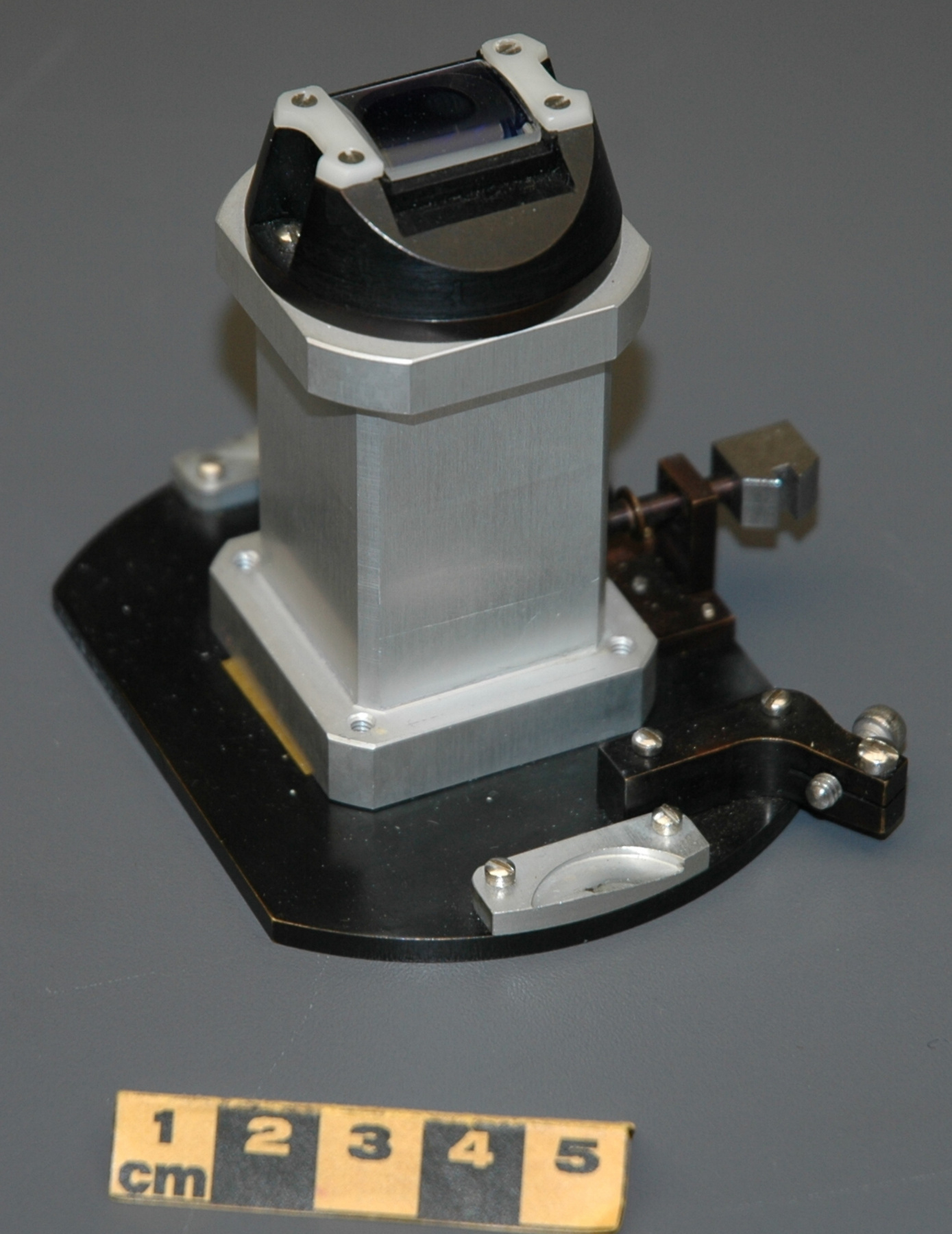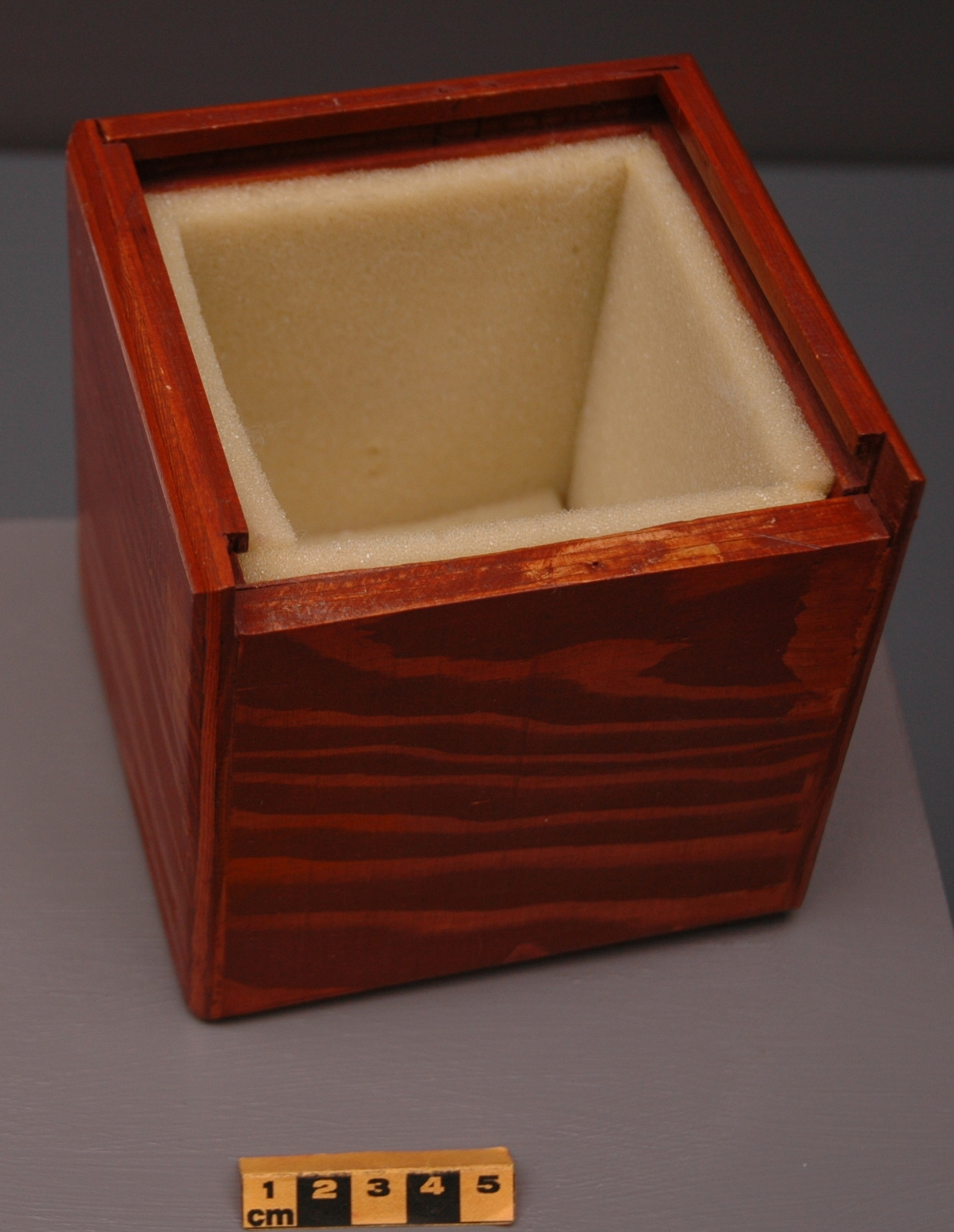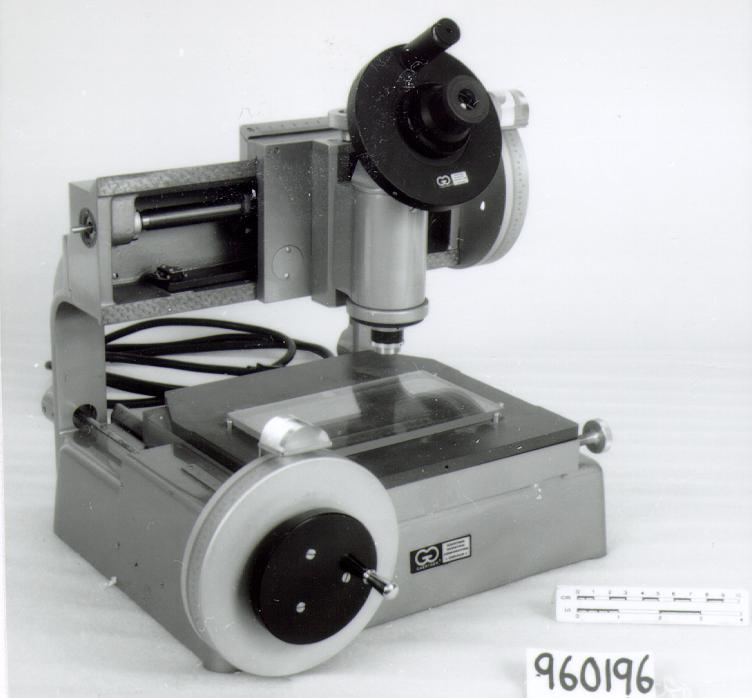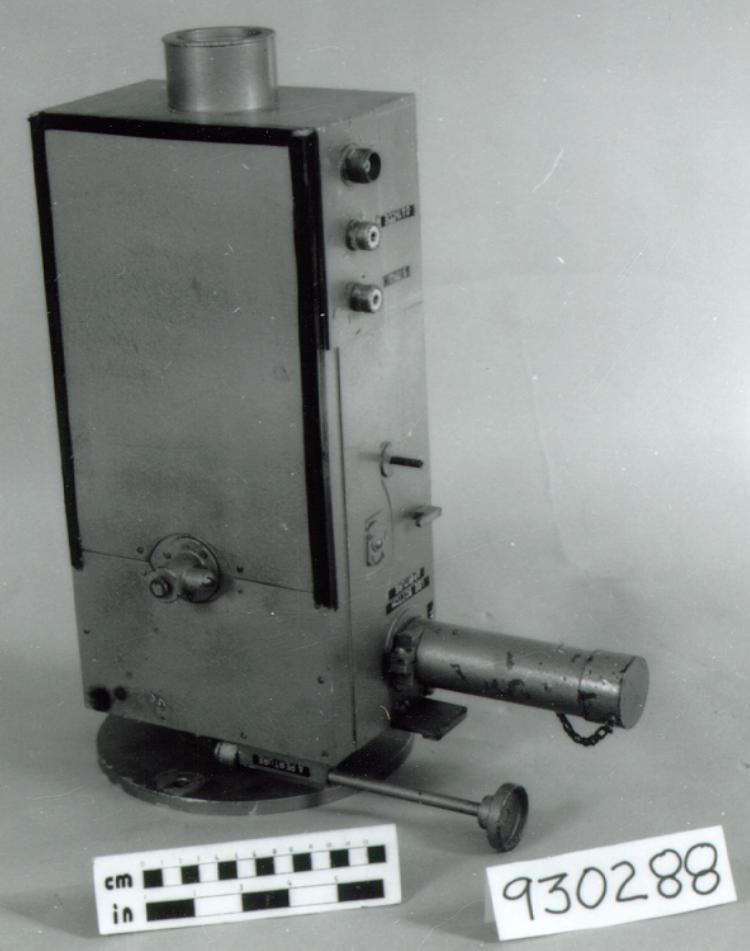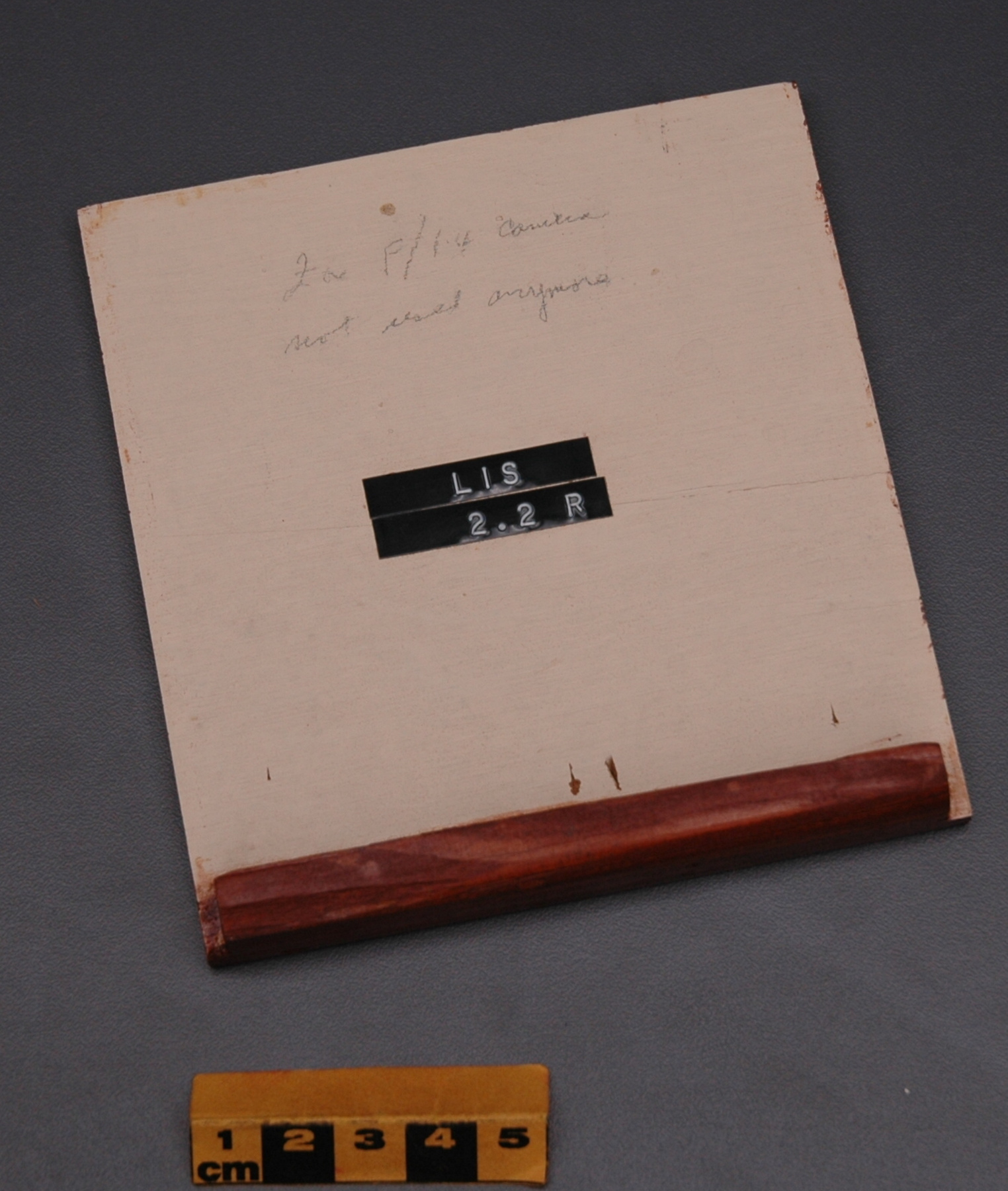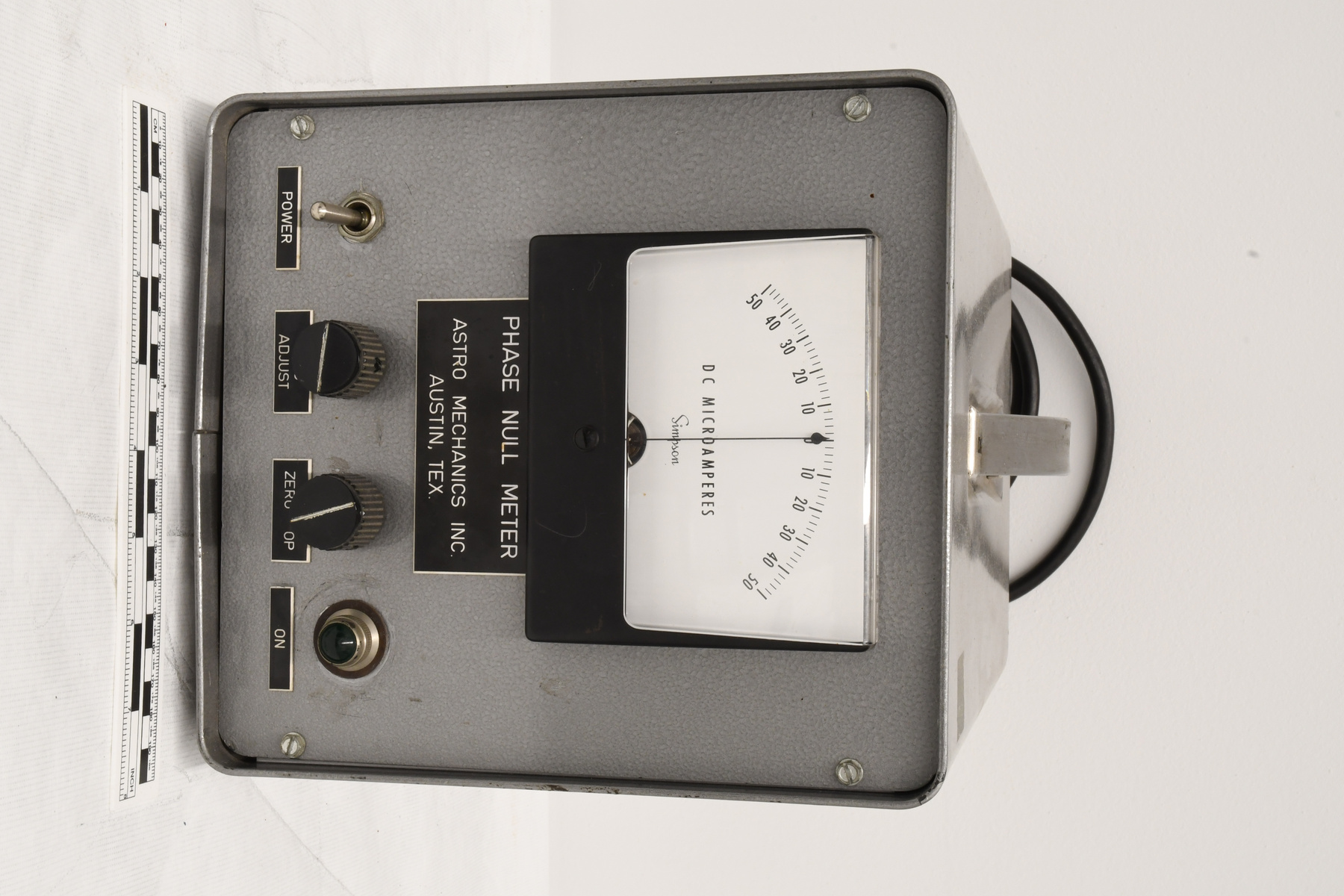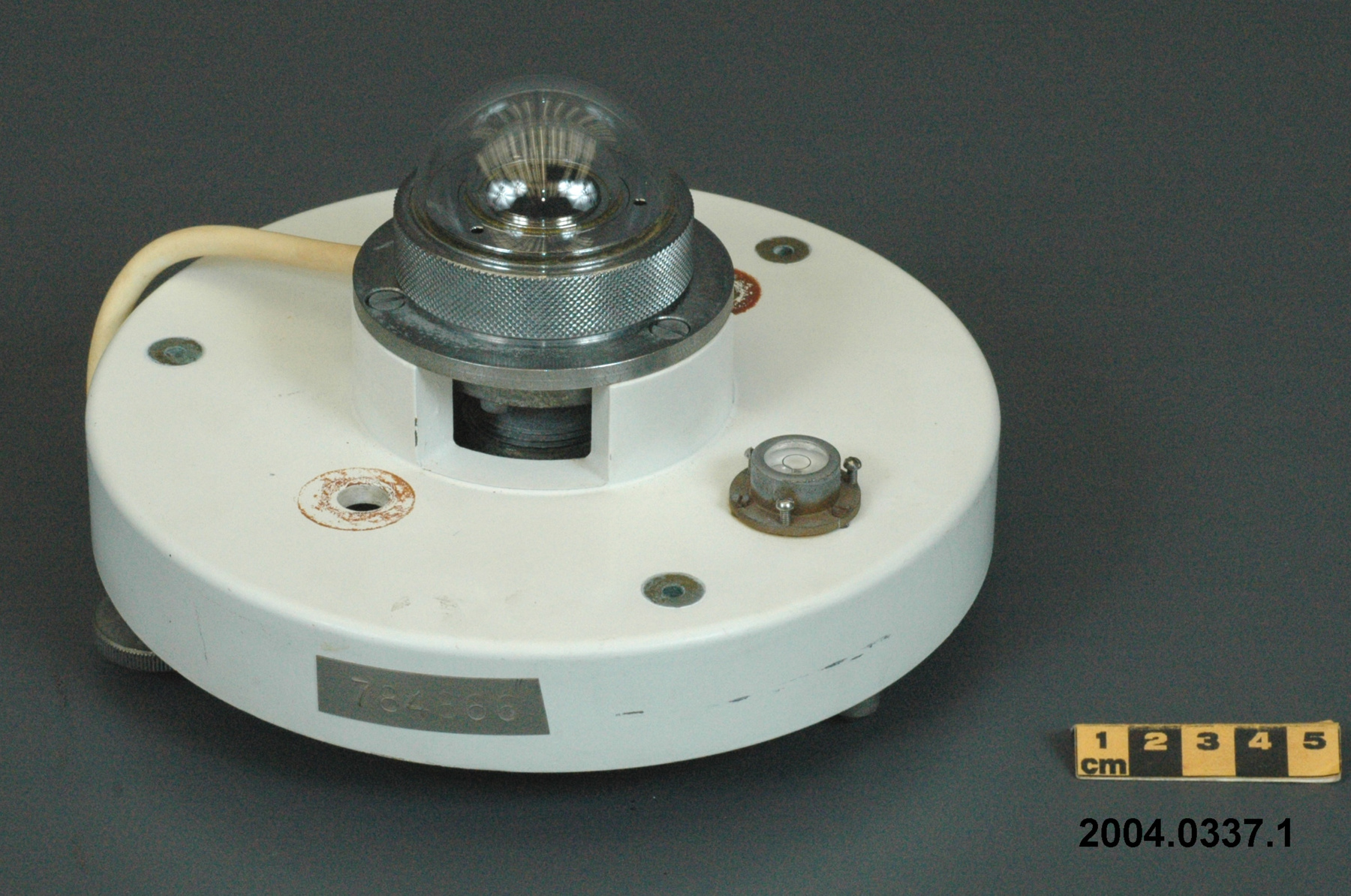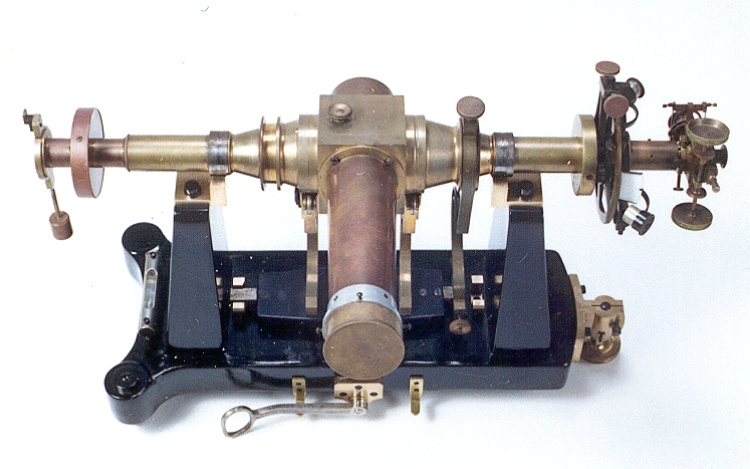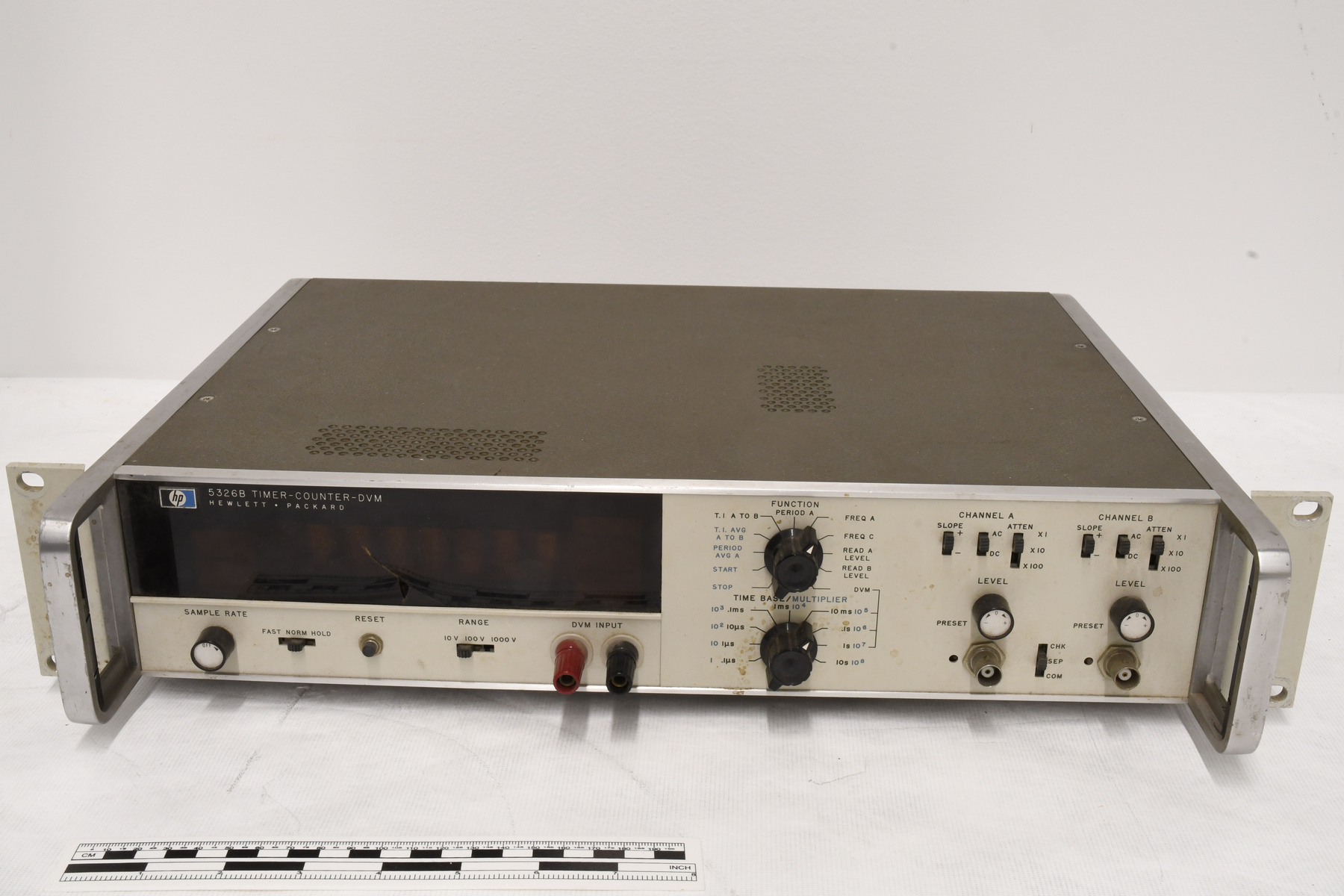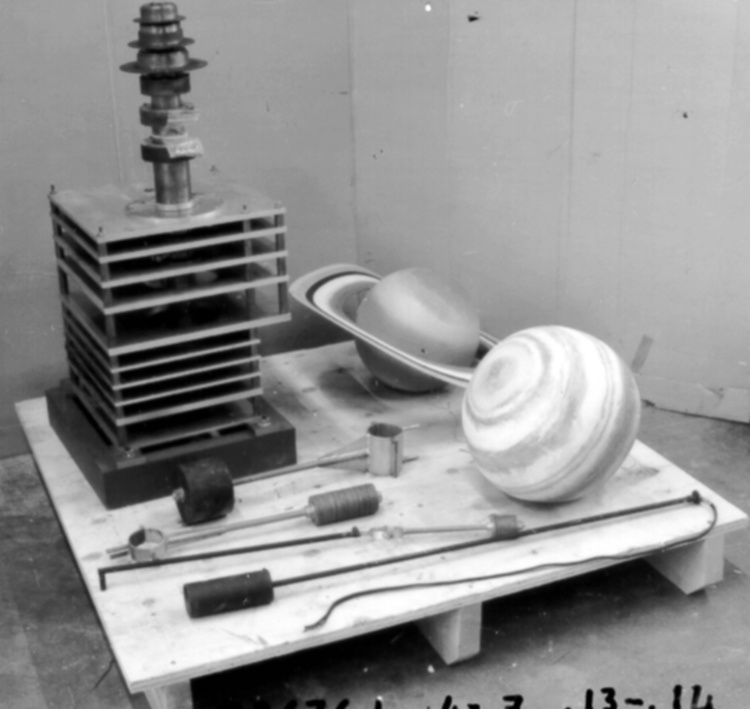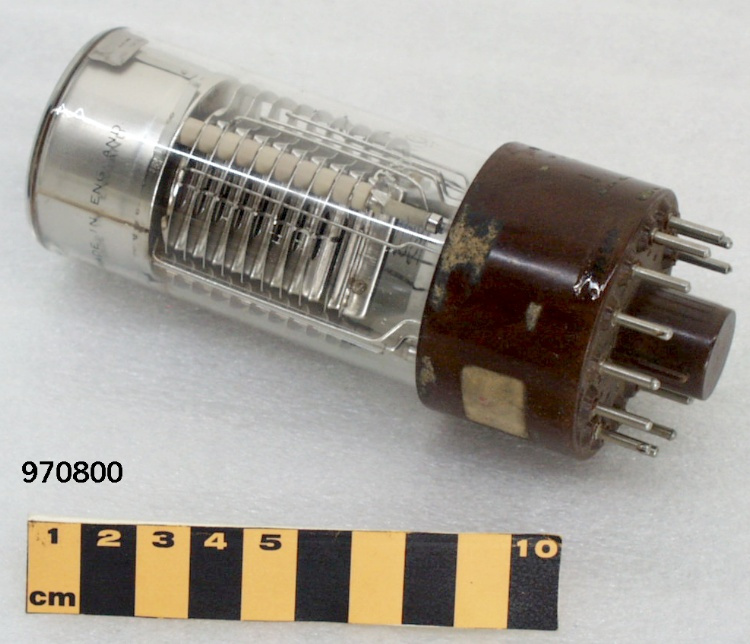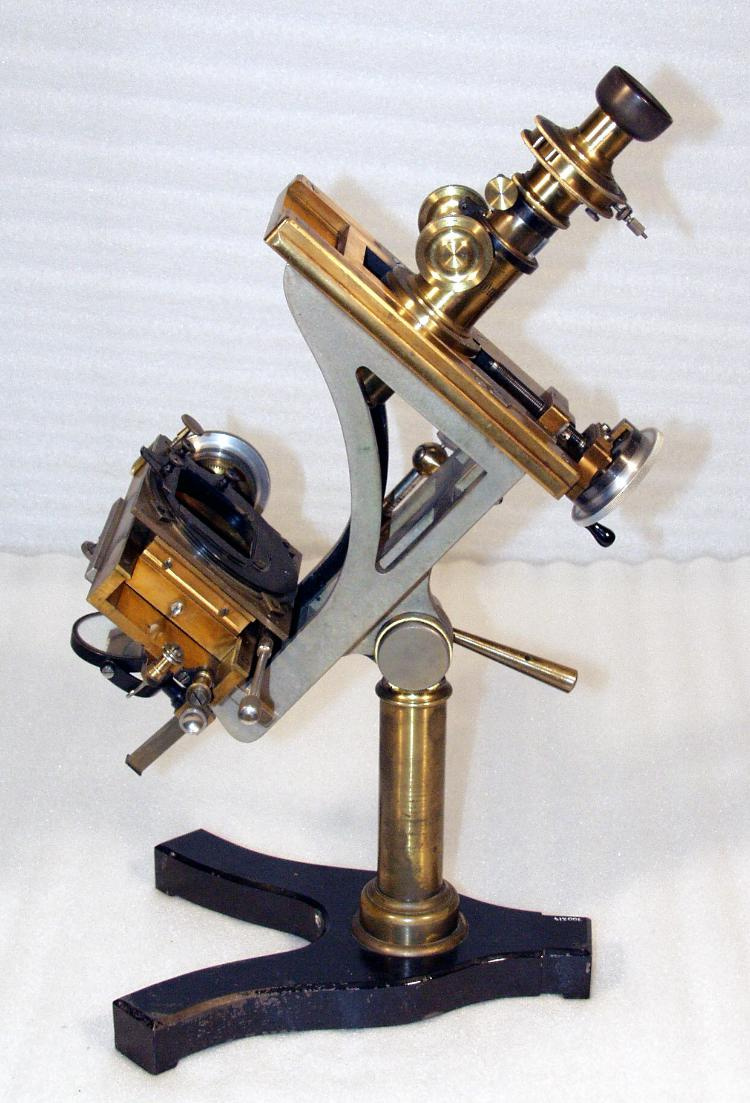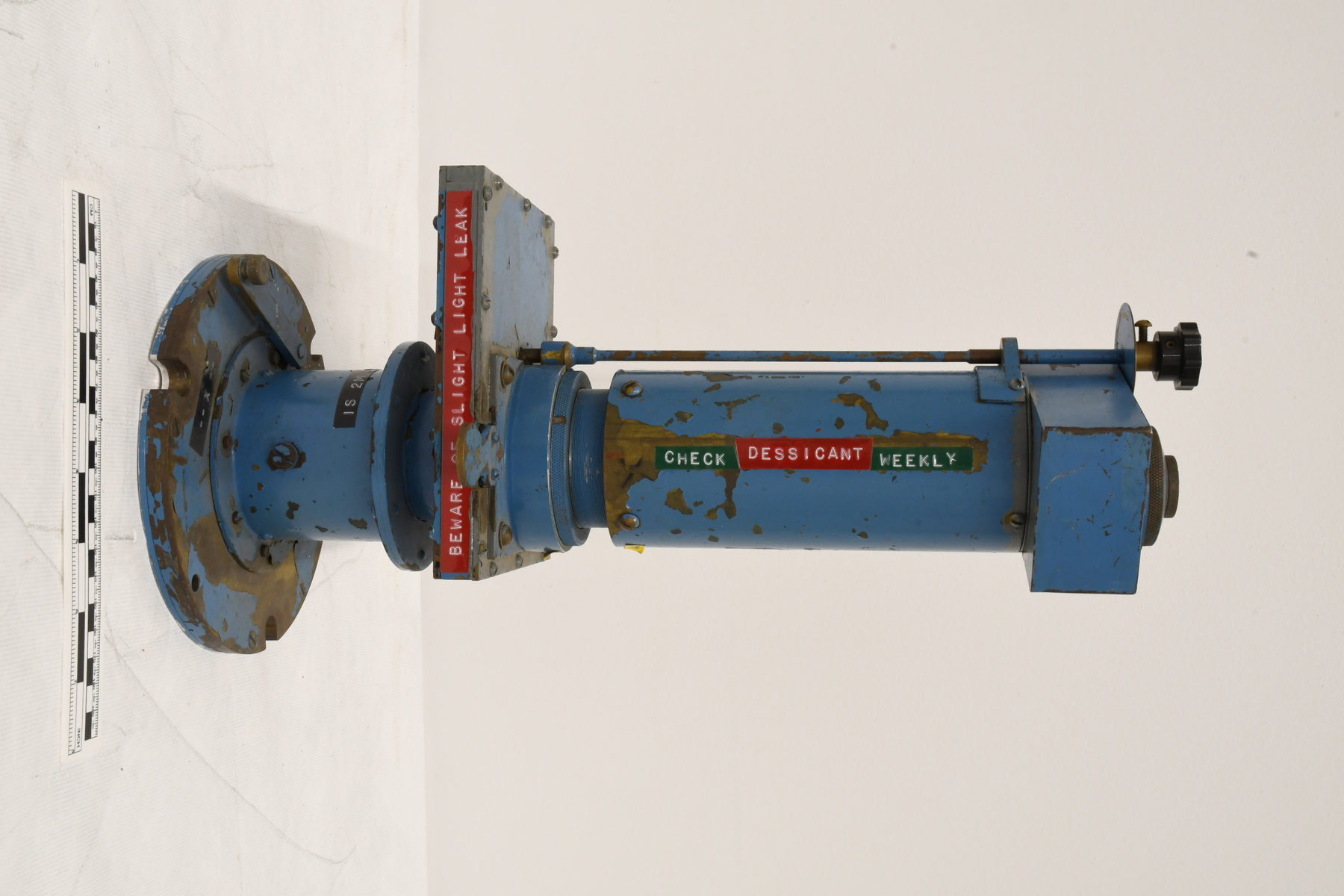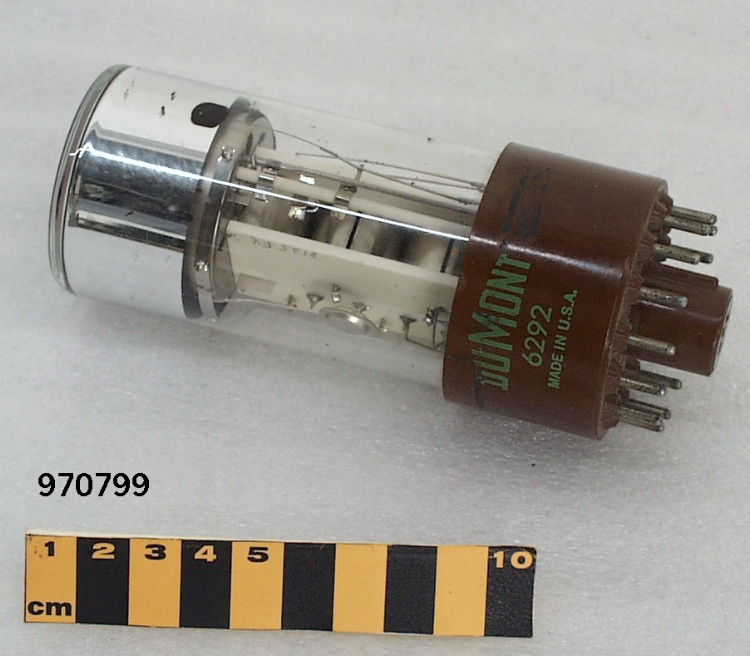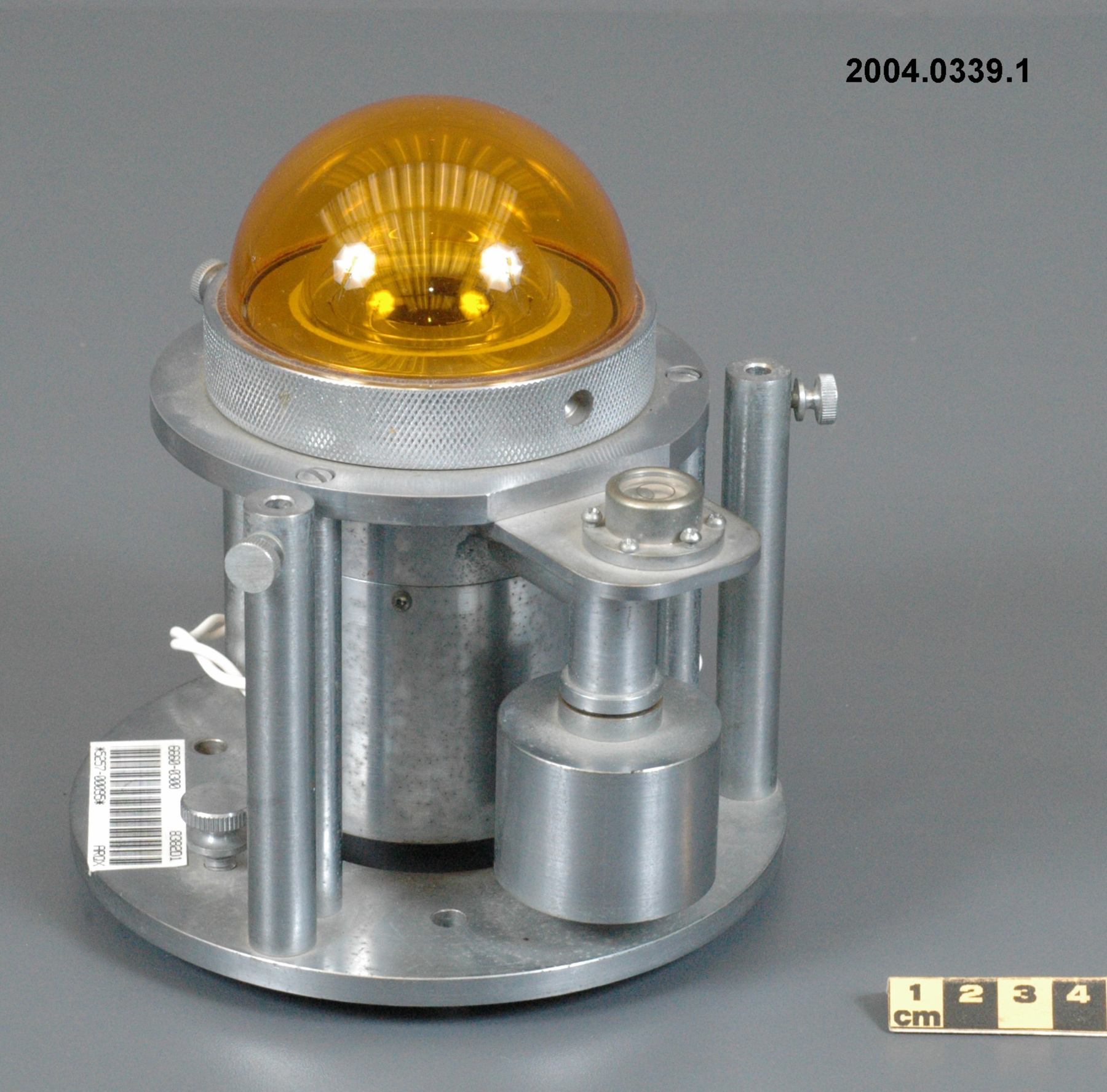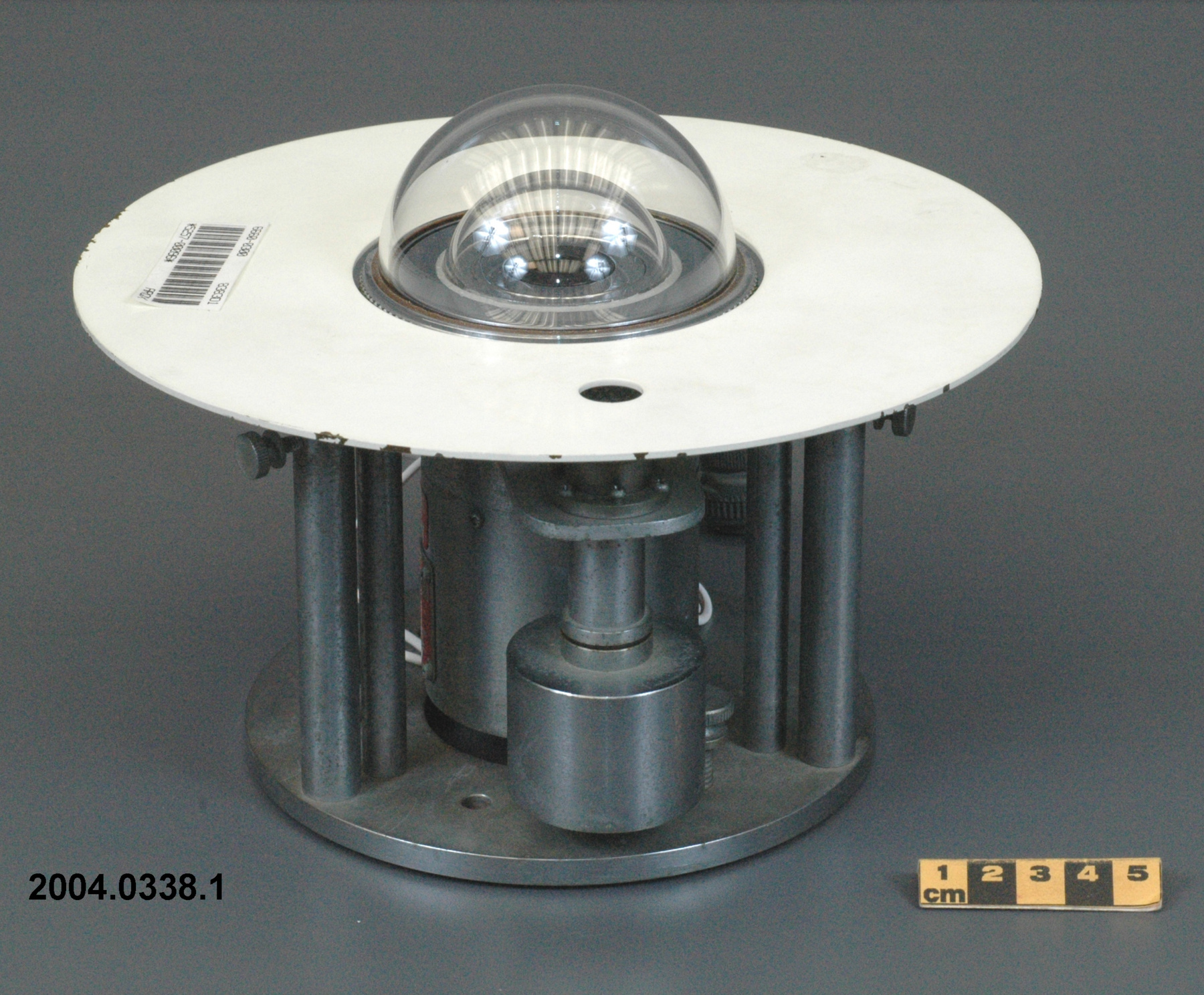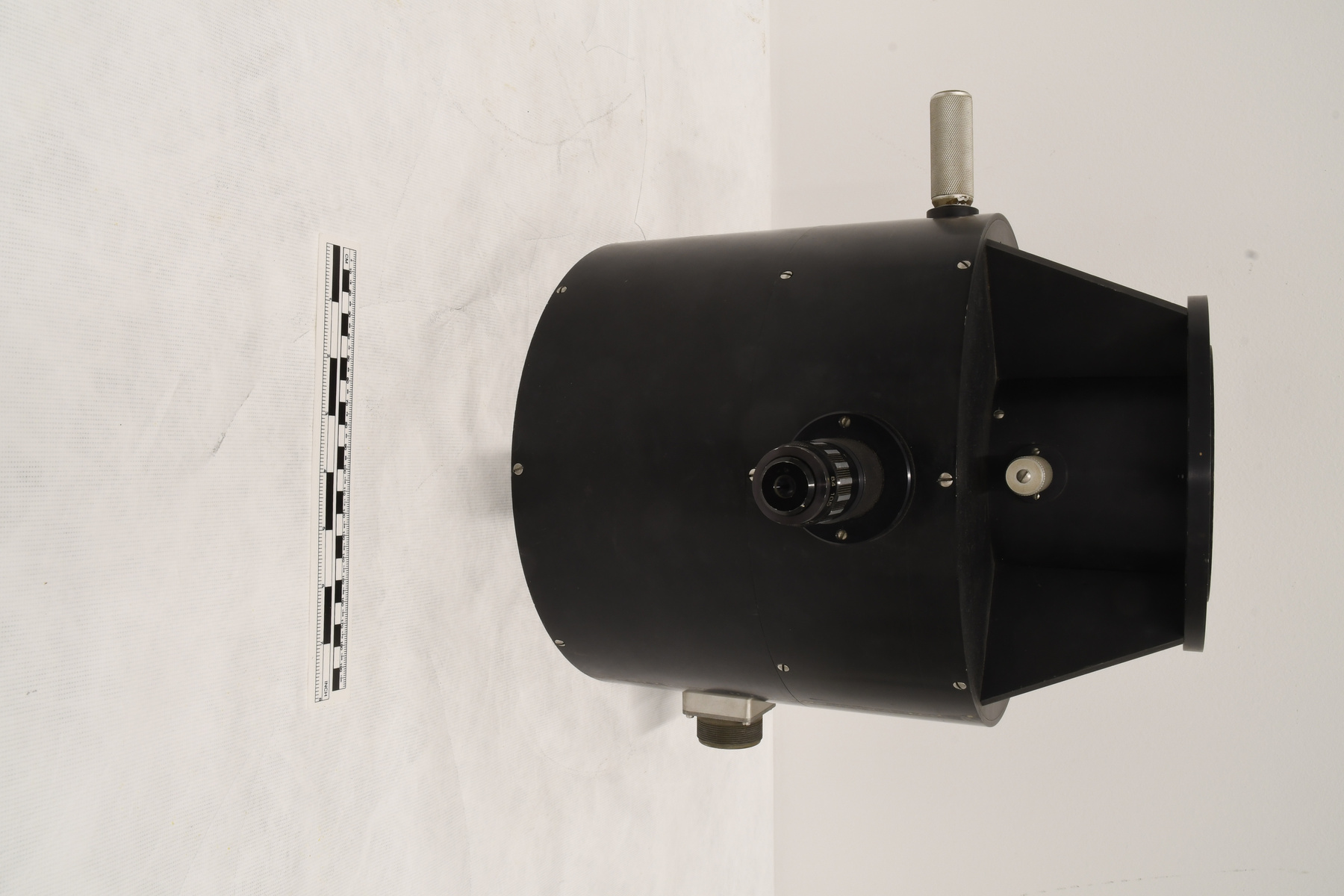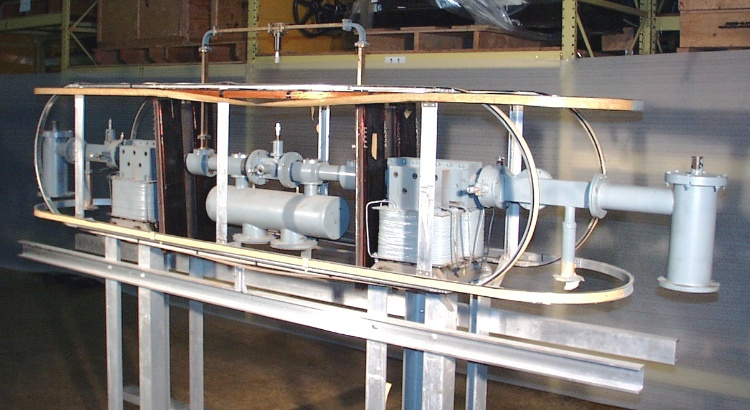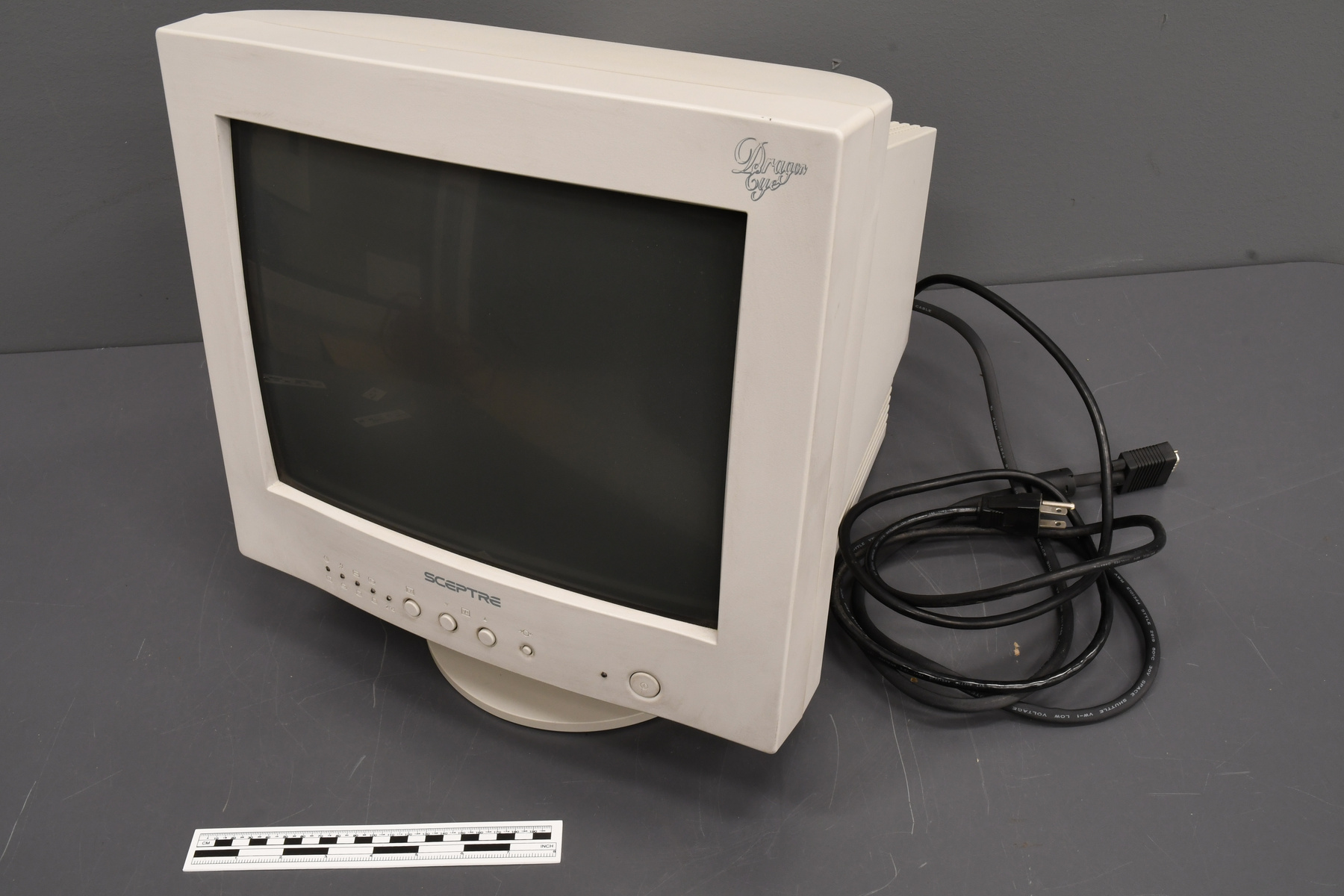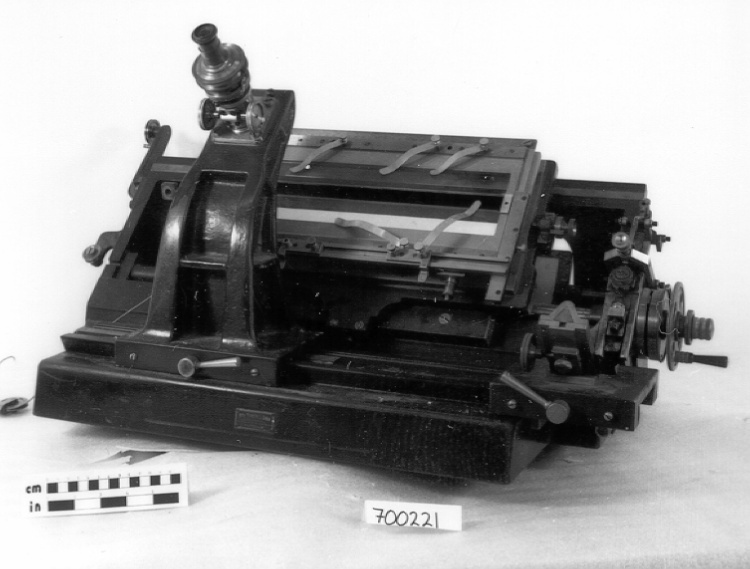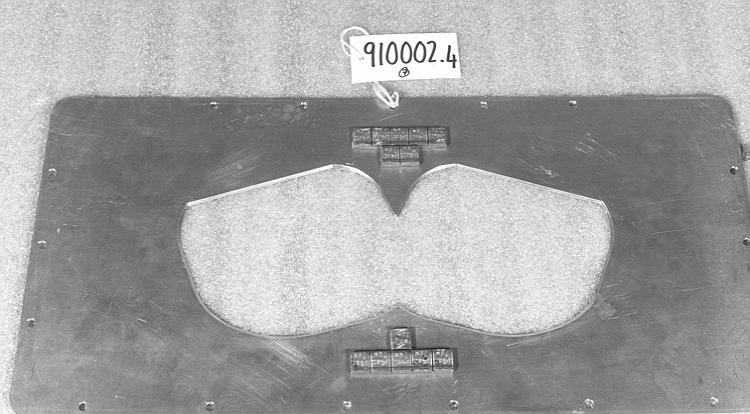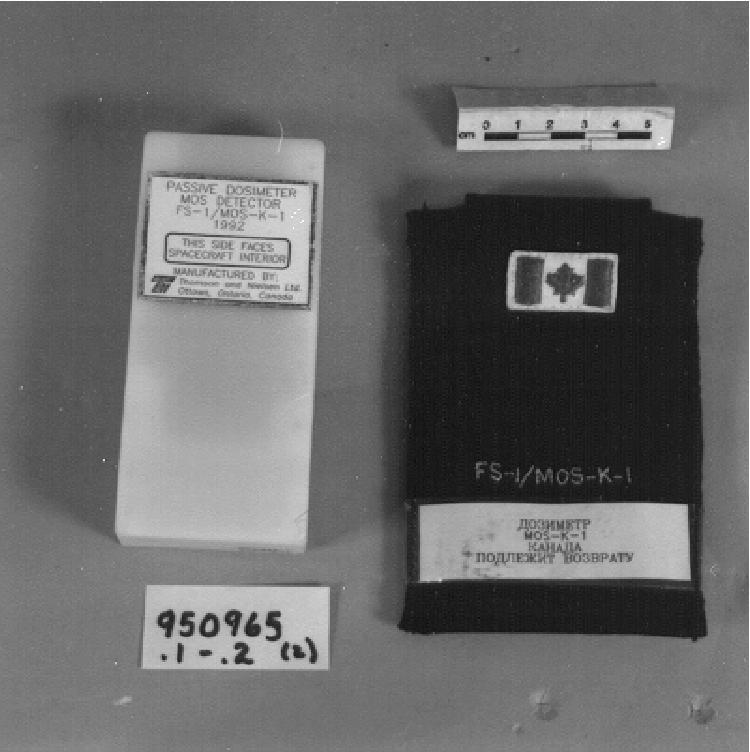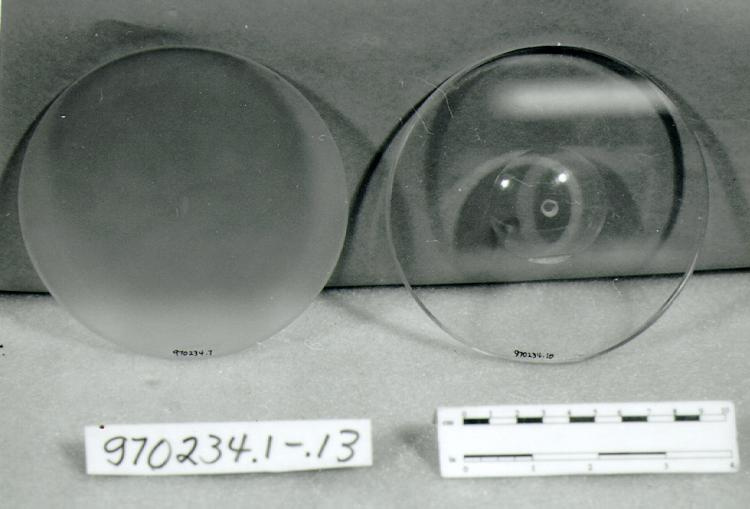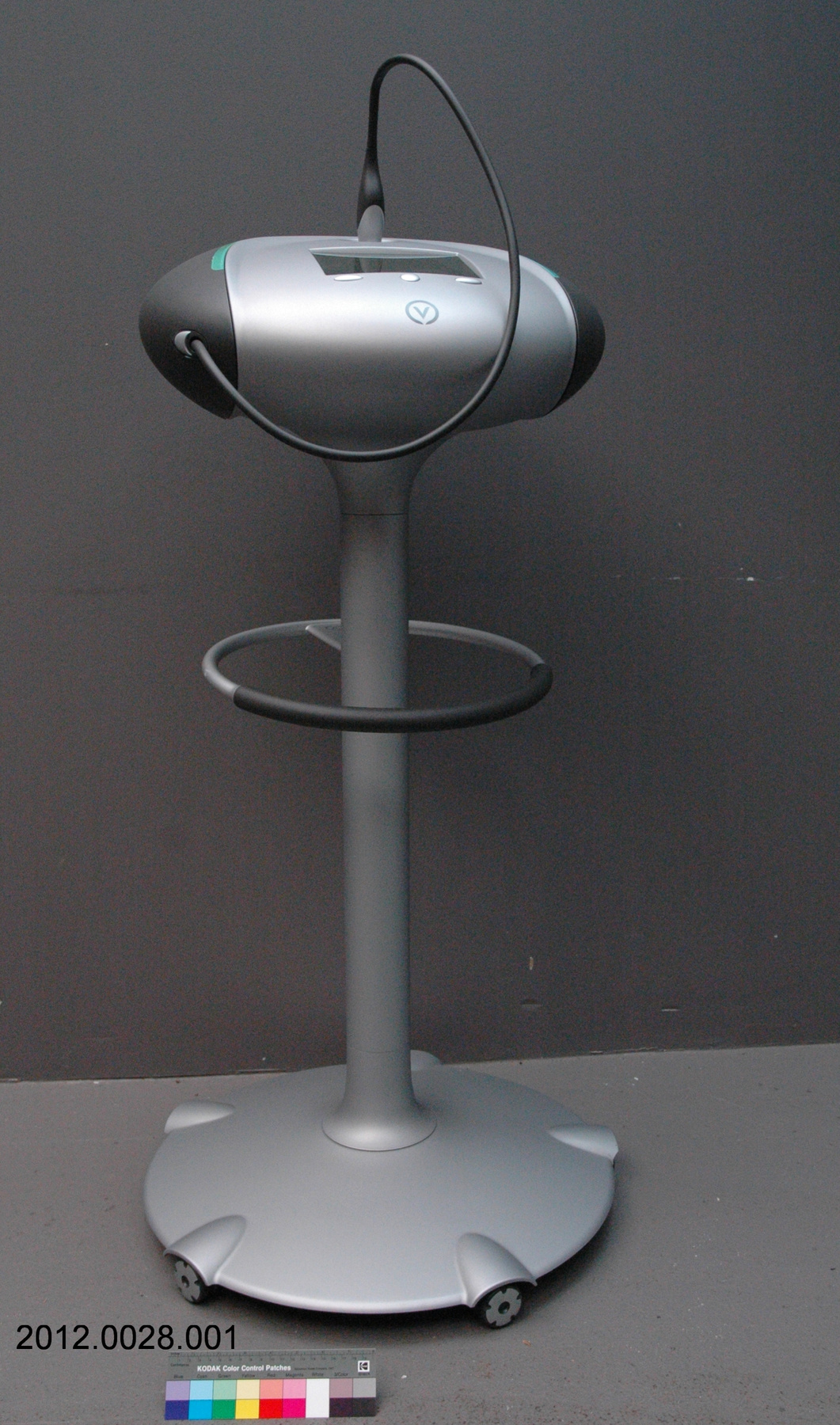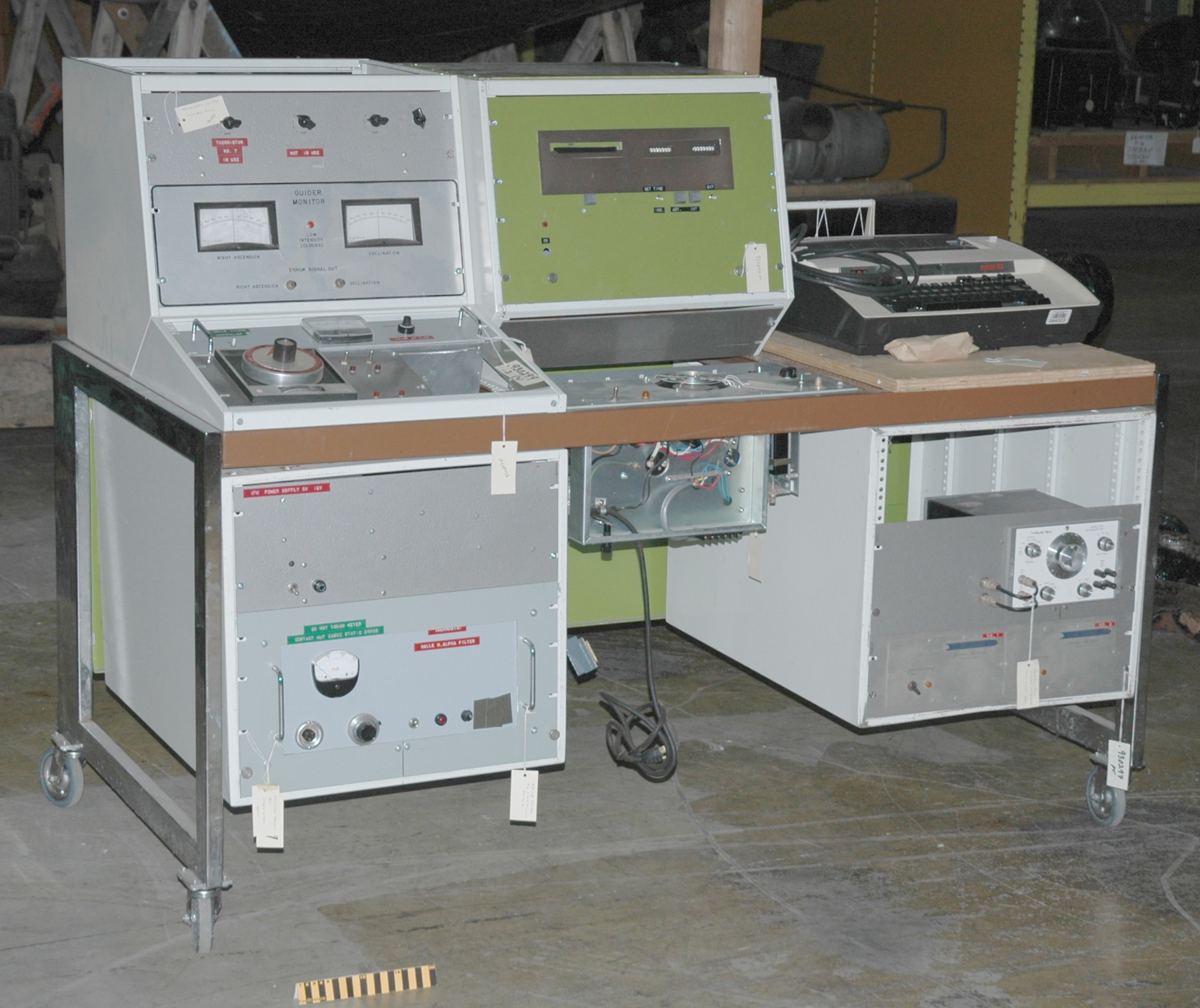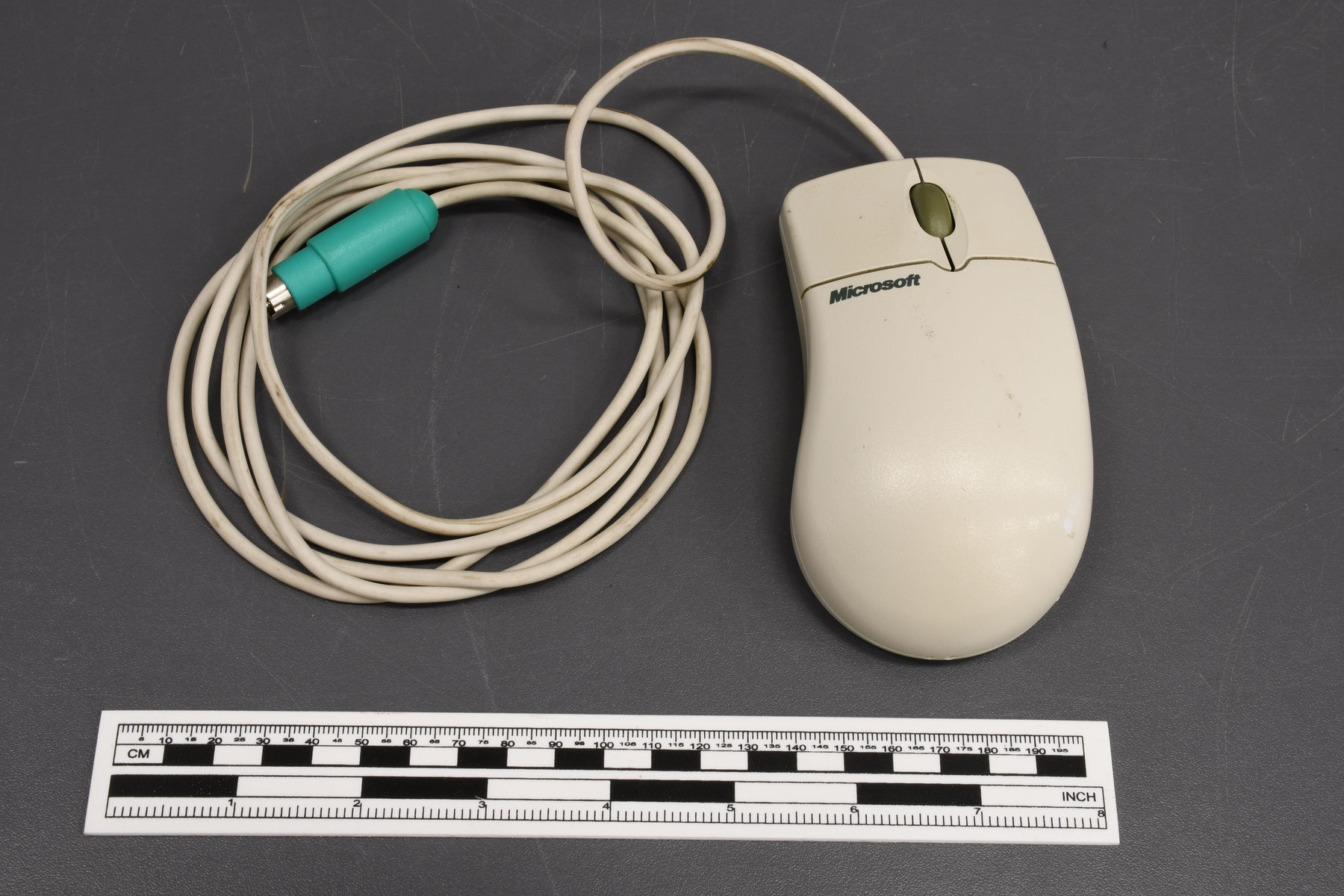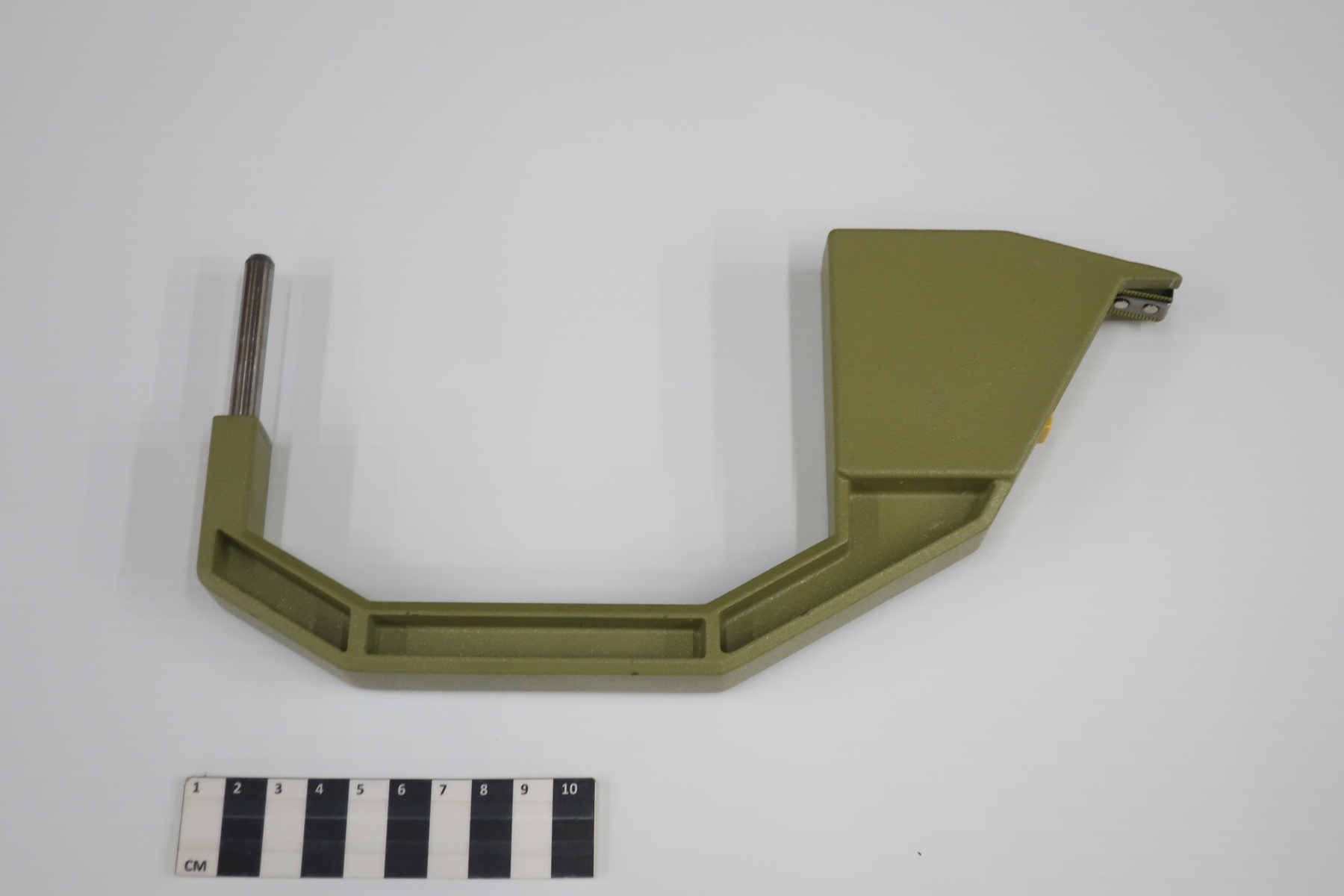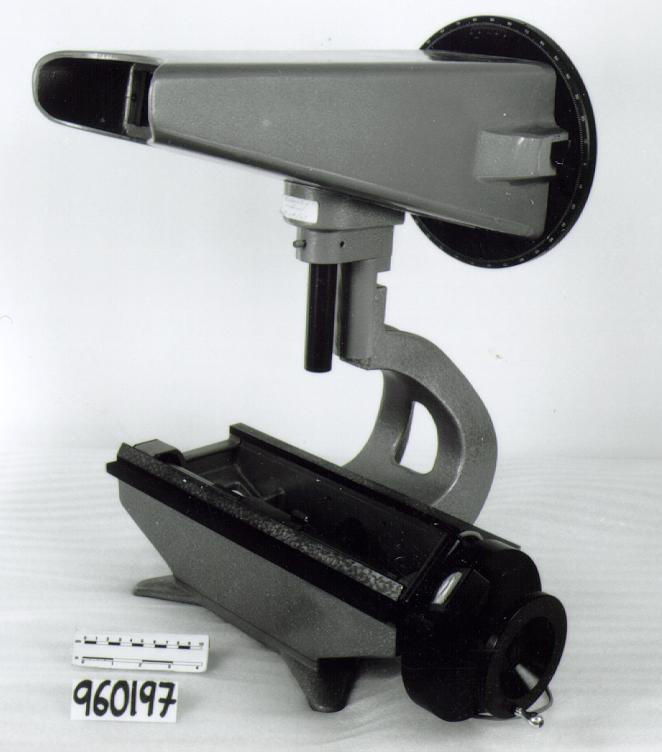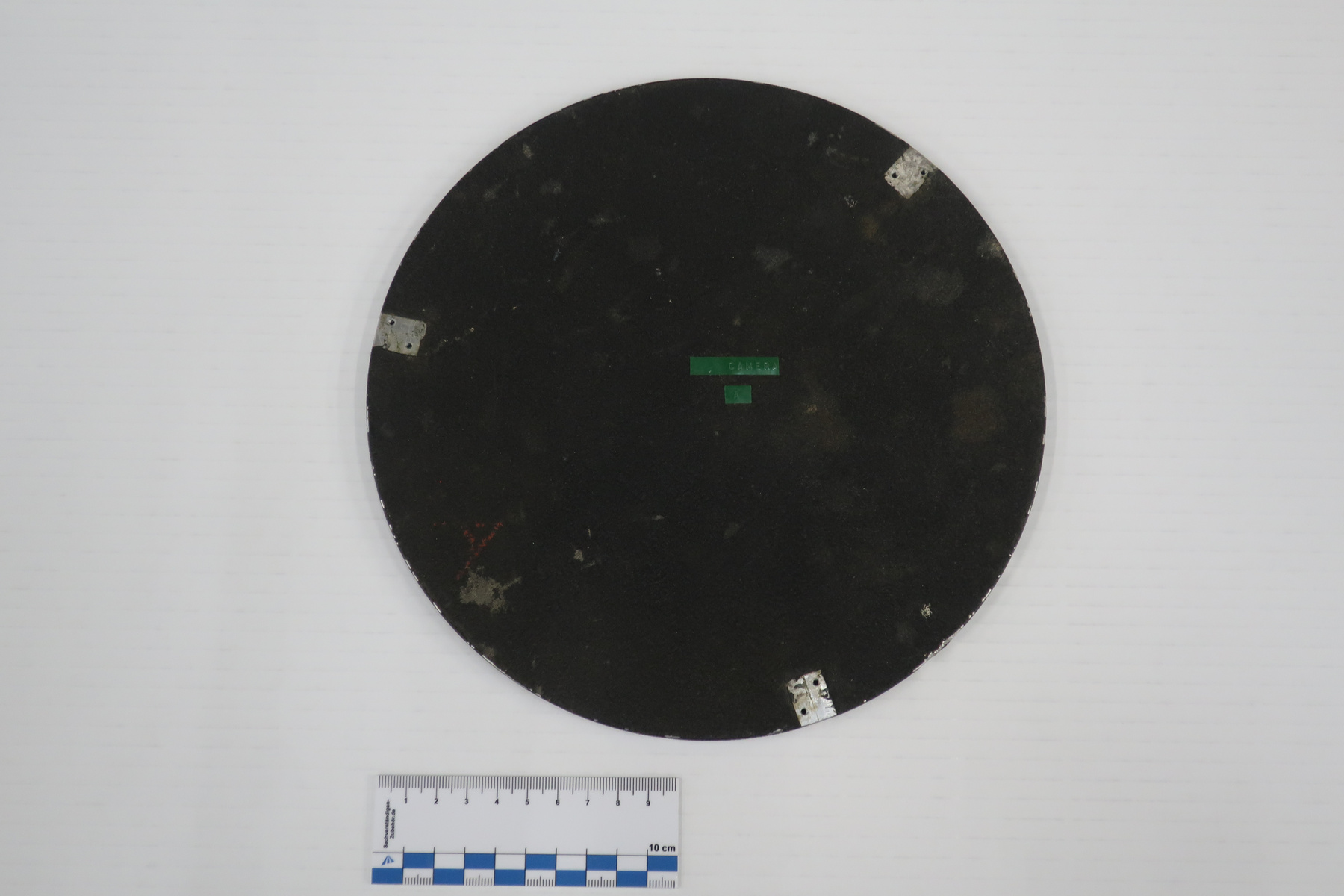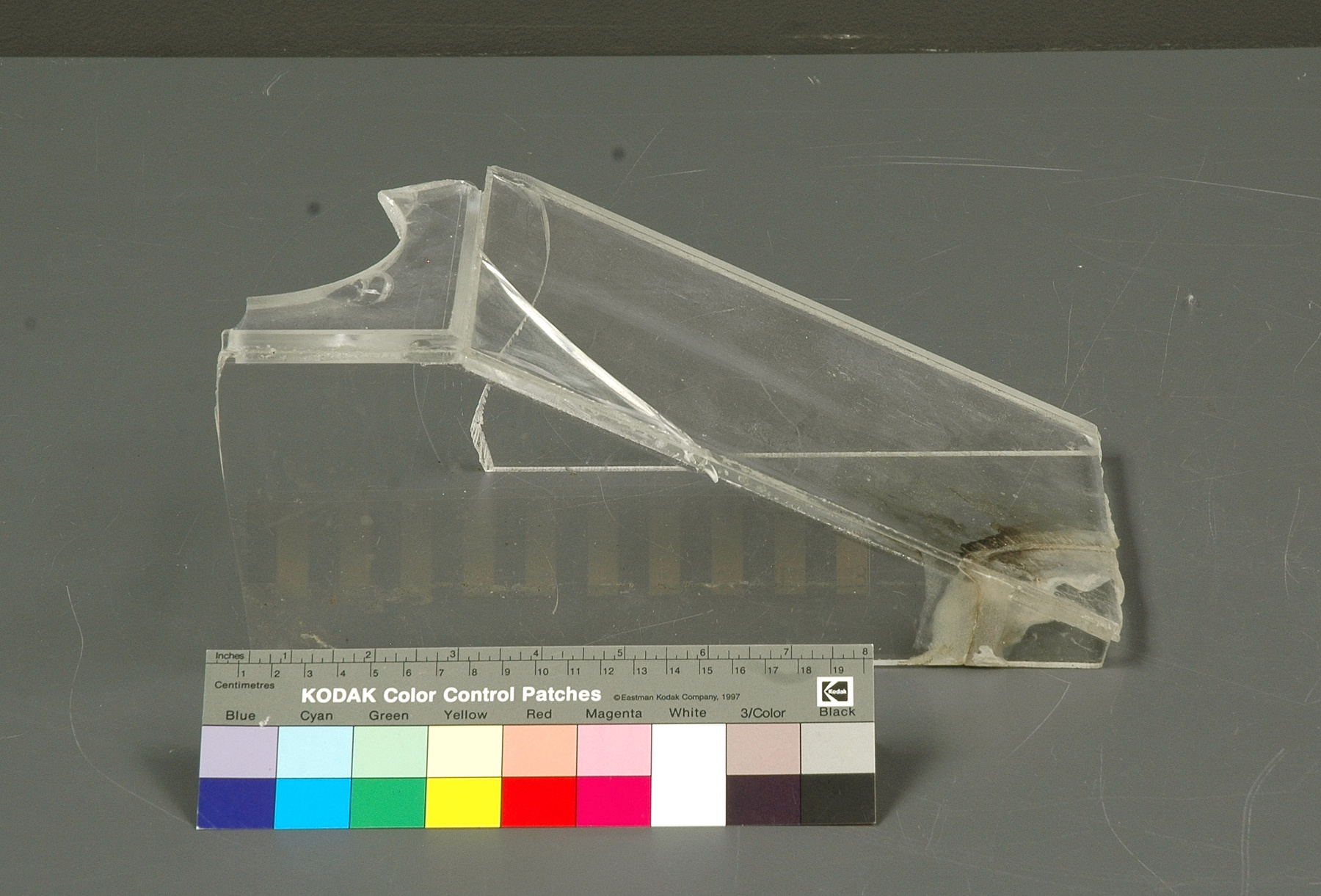Partie d'instrument
Utiliser cette image
Puis-je réutiliser cette image sans autorisation? Oui
Les images sur le portail de la collection d’Ingenium ont la licence Creative Commons suivante :
Copyright Ingenium / CC BY-NC-ND (Attribution-NonCommercial 4.0 International (CC BY-NC 4.0)
ATTRIBUER CETTE IMAGE
Ingenium,
2015.0066.005
Permalien:
Ingenium diffuse cette image sous le cadre de licence Creative Commons et encourage son téléchargement et sa réutilisation à des fins non commerciales. Veuillez mentionner Ingenium et citer le numéro de l’artefact.
TÉLÉCHARGER L’IMAGEACHETER CETTE IMAGE
Cette image peut être utilisée gratuitement pour des fins non commerciales.
Pour un usage commercial, veuillez consulter nos frais de reproduction et communiquer avec nous pour acheter l’image.
- TYPE D’OBJET
- S/O
- DATE
- 1982
- NUMÉRO DE L’ARTEFACT
- 2015.0066.005
- FABRICANT
- Inconnu
- MODÈLE
- Home Built
- EMPLACEMENT
- Inconnu
Plus d’information
Renseignements généraux
- Nº de série
- S/O
- Nº de partie
- 5
- Nombre total de parties
- 19
- Ou
- Exhaust hood part
- Brevets
- S/O
- Description générale
- Clear synthetic (possibly acrylic)
Dimensions
Remarque : Cette information reflète la taille générale pour l’entreposage et ne représente pas nécessairement les véritables dimensions de l’objet.
- Longueur
- 27,8 cm
- Largeur
- 15,2 cm
- Hauteur
- 11,8 cm
- Épaisseur
- S/O
- Poids
- S/O
- Diamètre
- S/O
- Volume
- S/O
Lexique
- Groupe
- Astronomie
- Catégorie
- Recherche
- Sous-catégorie
- S/O
Fabricant
- Ou
- Inconnu
- Pays
- Inconnu
- État/province
- Inconnu
- Ville
- Inconnu
Contexte
- Pays
- Canada
- État/province
- Colombie-Britannique
- Période
- Inconnu
- Canada
-
In the mid-80s, Gordon Walker, B. Campbell and S. Yang from University of British Columbia, pioneered a new technique for measuring radial velocities of stars with unprecedented accuracy. Their spectrograph and Hydrogen-Fluoride (HF) cell combination (inspired by G. Herzberg, Nobel Prize in chemistry) enabled Doppler shift measurements (radial velocities) with a precision of a few meters per second. This is an order of magnitude better than previous more traditional methods. Since then, this technology has been successfully used by other teams of astronomers to detect the first extra-solar planets. Walker was in the Dept. of Geophysics and Astronomy at the University of British Columbia and worked closely with staff (especially the tech staff during instrument development) at the Dominion Astrophysical Observatory in Victoria. Dr. Walker and his group at UBC were doing ground-breaking research with these devices and they were unique in Canada and rare world wide at the time. Two or three groups were experimenting with similar technology in the US and UK , but one of the major elements of Walker's research was to verify the accuracy of the systems compared to traditional techniques. (From Acquisition Proposal, Ref. 1) - Fonction
-
To direct escaping fumes or gases to an exhaust system. - Technique
-
Previous to Walker’s invention, there were no instruments with enough resolution to detect gravitational effects on a star by a nearby, orbiting invisible planet. Scientists needed to detect and measure extremely small variations in the speed with which the star moved toward or away from Earth. Walker developed a way to amplify and measure the “radial velocity” of the star through Doppler effects of the star’s spectral lines. This came to be called the “radial velocity method.” Walker’s shift to CCD (Charge-Coupled Device) technologies was pivotal. In a recent conversation with Walker, he stated how surprised that he was to find astrophysicists at the DAO still using glass plates to study and measure astronomical phenomena. He developed the absorption cell to study the spectral lines with much greater precision and resolution. Walker’s 1970s development of the reticon device (2005.0039), a photodiode used to record images of astronomical phenomena, represented a major step from traditional photography based astronomical research and the associated equipment (e.g. microdensitometer (1998.0275) and the Cuffy Iris photometer) towards CCD-based astronomical detectors. Its use enabled a large improvement in detector sensitivity and precision and made possible detection of rapid changes in astronomical spectra. The reticon was used with a spectrograph to determine the velocity shifts of spectral lines in stars and was a much more rapid method and with higher resolution. Typical best radial velocity measurements at this time (ca. 1970) were about 1 km/s but with the reticon, Dr. Walker and his collaborators achieved measurements of the order of 100 m/s. This technology with ever more improved detectors in the mid-1990s allowed astronomers to detect the first extra-solar system planet. By 2005, almost 200 have been discovered. (From Acquisition Proposal, Ref. 1) - Notes sur la région
-
Inconnu
Détails
- Marques
- None
- Manque
- Appears complete
- Fini
- Clear synthetic shell
- Décoration
- S/O
FAIRE RÉFÉRENCE À CET OBJET
Si vous souhaitez publier de l’information sur cet objet de collection, veuillez indiquer ce qui suit :
Fabricant inconnu, Partie d'instrument, 1982, Numéro de l'artefact 2015.0066, Ingenium - Musées des sciences et de l'innovation du Canada, http://collections.ingeniumcanada.org/fr/item/2015.0066.005/
RÉTROACTION
Envoyer une question ou un commentaire sur cet artefact.
Plus comme ceci
